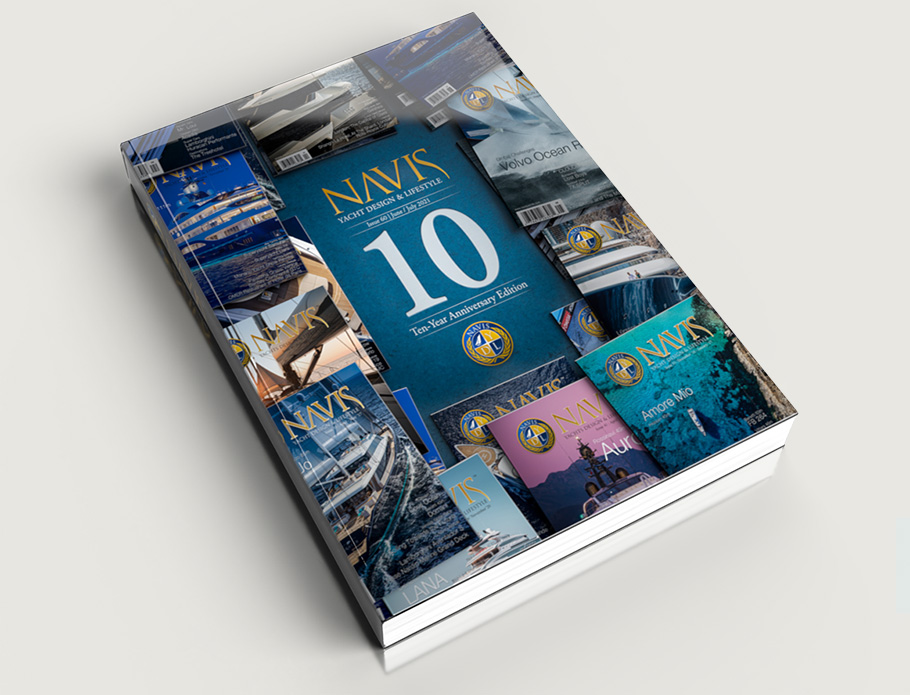When last-minute travel plans coalesce perfectly, it is more than kismet. It is sheer magic. We had intended to do a pre- or post-visit to at least one exceptional and new property in the region on our annual pilgrimage to Monte-Carlo. Of course, we had hotels in Monaco before and during the show, and it felt a bit edgy to leave home without knowing where else we would rest our heads on a few nights and how all else would come together. But come together it did, and in a big way, and with three calls: one from an exceptional new hotel – the Kempinski Palace Engelberg -- in Switzerland (see our story Royal Retreat: The Kempinski Palace Engelberg), followed by one to, and then one from Sant’Agata Bolognese, Italy, telling us to prepare for an incredibly special delivery.
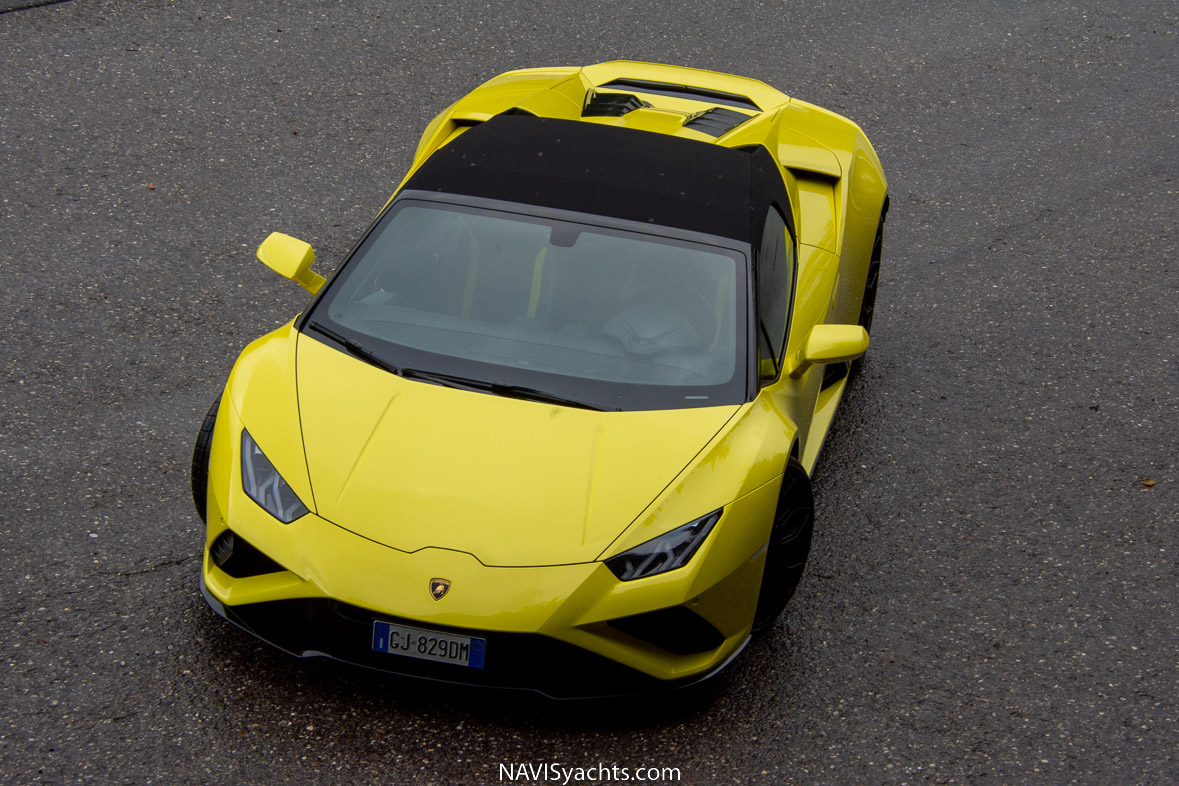
The Outbound
The weather was in on the magic as well, it was an exceptional, sunny late September day in Monte-Carlo. We waited on the sidewalk beside one of the city’s famous tunnels waiting for… a truck. Our anticipation was only heightened when from the tunnel emerged truck sounds and lo, the truck appeared and parked beside us, no mean feat with all the scaffolding and work being done. A few signatures on official-looking papers later, and the driver was ready to unload the truck’s cargo. A rather familiar, throaty roar, like the sound of a panther, filled the air. A sound so iconic that the marque’s website bears a QR code to scan so that it can be re-played like a favorite playlist. Slowly, a word one never associates with this brand, a black and yellow Lamborghini Huracán EVO RWD Spyder touched the ground in Monaco. Our adventure was about to begin.
We had packed lightly for minimal trunk space and planned an initial route. We had two days to get from Monaco to Engelberg, experience both the luxurious hotel and its charming village for day and night, then allotted two days for a return back to Monaco and the Yacht Show, keeping as much to the scenic, historical Route Napoléon through France. Our idea for departing Monaco was to move quickly, taking motorways to Italy and Switzerland. We started the Huracán, reclined the roof, and we were off.
The fastest route from Monaco, passing through Menton and entering Italy, was taking the E80 and the A2 calculated at 545 km and, with minor variations and stops for overnights and some essential diversions, would take a bit over 6 hours total drive time. Passing San Remo, we turn in Genova to Milano. On the way to Milano, we turned left again, heading for the Swiss border. Along the motorway, driving the Huracán EVO RWD Spyder is quite literally a breathtaking experience. Although, sadly, the speed limits and occasional traffic didn’t permit the opportunity to truly unleash that V10 , driving with the top down does in some ways allow one to fantasize that there is ultimate freedom just ahead and it is one’s stoic duty to tame that coupe from jumping beyond mundane road limitations.
Still, it is important to remember that, in most cases, Corsa mode is not going to be an option and Huracán drivers will most often in the “comfort” mode, Strada, while making their way through the busy, crowded streets of Miami, Dubai, or London. So, yes, more purring rather than roaring.
In just a few short hours, we came to the Swiss border. We had made many new friends along the drive, as at each stop we attracted groups of people who gathered to admire the exquisite beauty of the vehicle and, of course, ask questions. Admittedly, there is the noticeable pearlescent Giallo Tenerife hue which perfectly coordinates with the black accents. The AWD Spyder is more familiar, so they are curious about this model’s distinctive lip and front radiator. Inevitably everyone wanted to see that incredible V10 engine, but the AWD model’s glass panel is absent here, although that doesn’t stop the curious trying to peak through the grid. Even more so, they all wanted to see the interior. And, yes, that console above the center screen does belong in a fighter jet. But our destination awaited, so we hopped back inside and gunned her for more rumbling -- and crowd-pleasing -- panther roars before heading onwards.
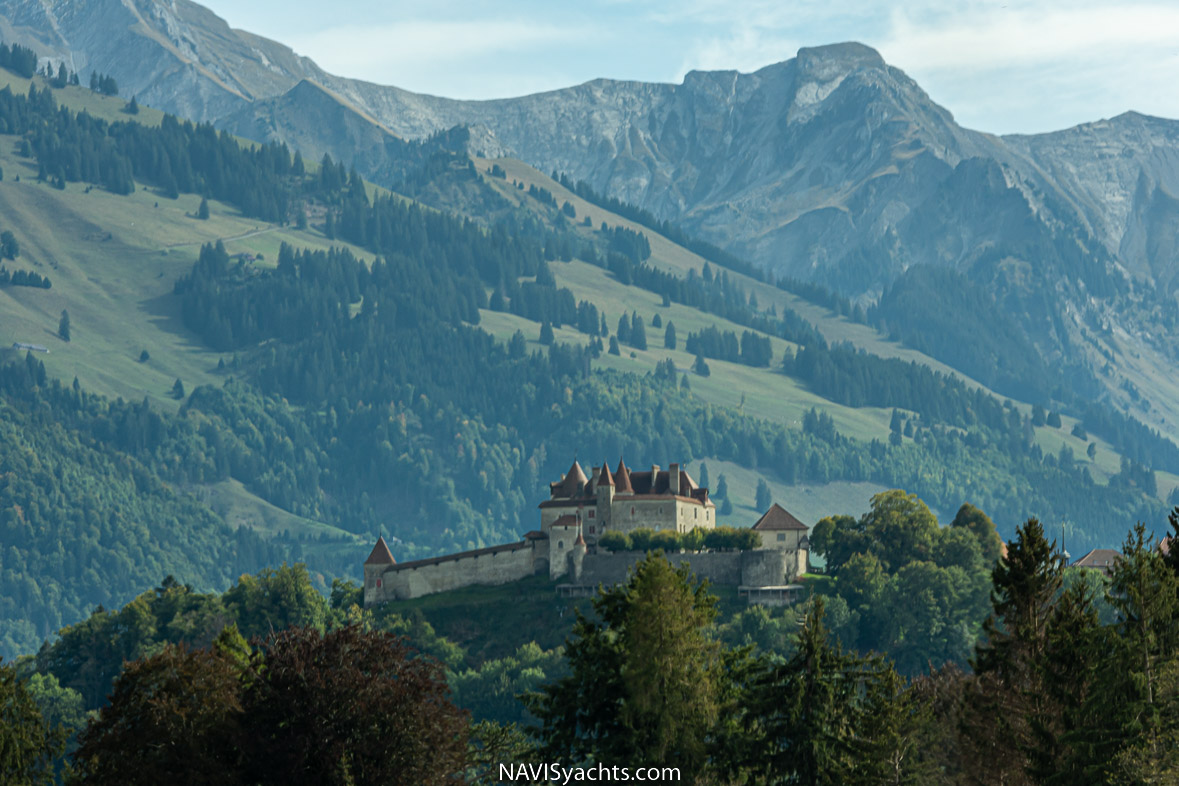
At the Swiss border, we slow, then purchase the SFr40 autobahnvignette (a must-have for a Swiss driving tour) and entered the country. Our original plan had us crossing the first Swiss Alps through the Gotthard Base Tunnel; however an accident had occurred ahead on the route and the tunnel was closed. Our GPS suggested an alternate route, so although we missed the Base Tunnel, the world’s longest tunnel, we instead got to navigate the “King of Mountain Passes,” the route through the original Gotthard Pass which, for centuries, provided the only transit between the Northern and Southern Alps regions and, more crucially, between Northern and Southern Europe. It was impressive to imagine the immense and important history that must have occurred here in this important transit axis since the 11th or 12th century of the common era.
Off the autobahn as the GPS directed, we discovered Switzerland’s iconic scenic routes and country roads, peppered with the charming chalets one typically sees on postcards: brightly colored shutters against darker, rustic façades. Leaving the joys of the autobahn behind, it occurred to us that one of the many options available from Lamborghini should include, perhaps in the “Lifestyle Package,” a drone to capture each turn and sight of an epic tour. We found ourselves climbing a fantastically massive mountain with the most incredible views of the valley below, an ideal road for the Huracán EVO RWD Spyder to take on. The retractable roof revealed 360 degrees of majestic surrounds and the ease of acceleration enhanced by RWD epitomized “joy ride.” While it is hard to express the feeling of having all the enormous power of the 5.2-liter V10 at your beck and call to reach the summit, Lamborghini, of course, said it best: “pure pleasure and excitement of driving, an experience heightened by the adrenaline that comes from open-top performance.”
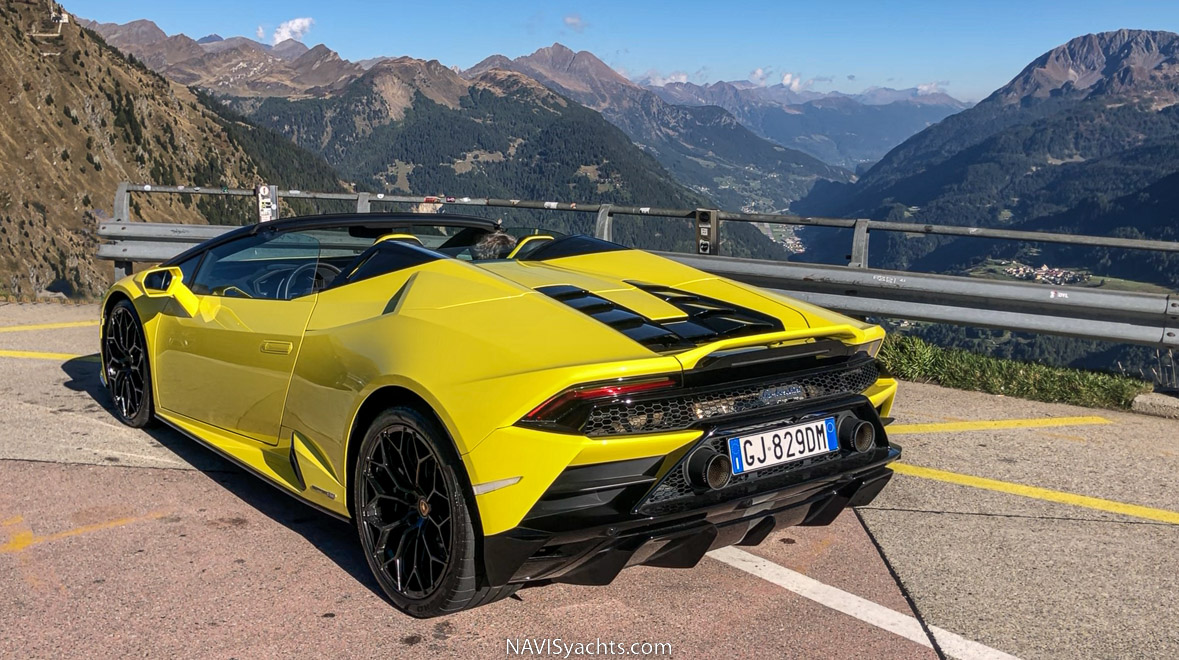
Once reaching the summit, the most incredible descent awaits. Rocks, tunnels, hundreds of sharp turns, and again that Huracán engine, its immense power perfectly measured by the incredible precision of its hydraulic dual circuit braking system. Driving through the winding, we discovered fantastic locations. At this elevation and, with a bit of rain, the mist and fog enveloping building rooftops and mountain peaks hinted at the winter to come, but was still very magical. Swiss friends told us they were pleased with the rainfall as they couldn’t remember a summer as dry as this one had been.
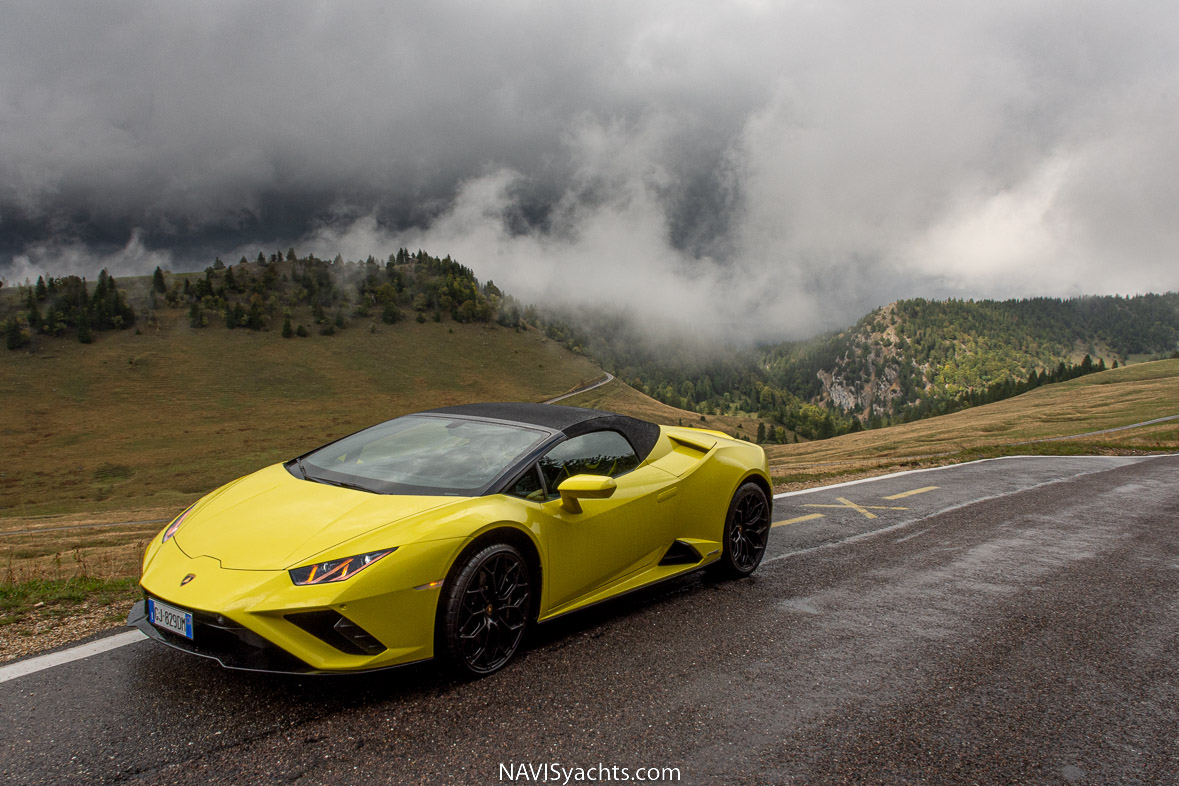
These made for ideal conditions to evaluate the Huracán’s performance on wet road conditions, as well as engaging the retractable roof (in an easy 14 seconds driving at 48 km/h or slower). We set the GPS to follow the scenic rural roads to Lucerne and then on to Biel/Bienne, just over a half hour north of the Swiss capital, Berne. Here the dreamy countryside of the Jura canton opened itself before us. We spend the night in the small village of Les Breuleux. This is where some of the best watches in the world are crafted and is the home of luxury Swiss watchmaker, Richard Mille in a remarkably large complex that also houses related brands, like Horométrie.
Nearby, with a unique location on the Doubs River, is the town of Goumois, which straddles the Swiss French border. Local friends recommended we dine at Restaurant Le Theusseret. Built in 1898, its building is an old watermill located in a national park, adjacent to waterfalls. Naturally, the restaurant specializes in fresh trout from the cascades. The town and surrounding countryside are filled with welcoming Swiss hospitality and some of the best cheeses to discover, making it well worth a special visit.
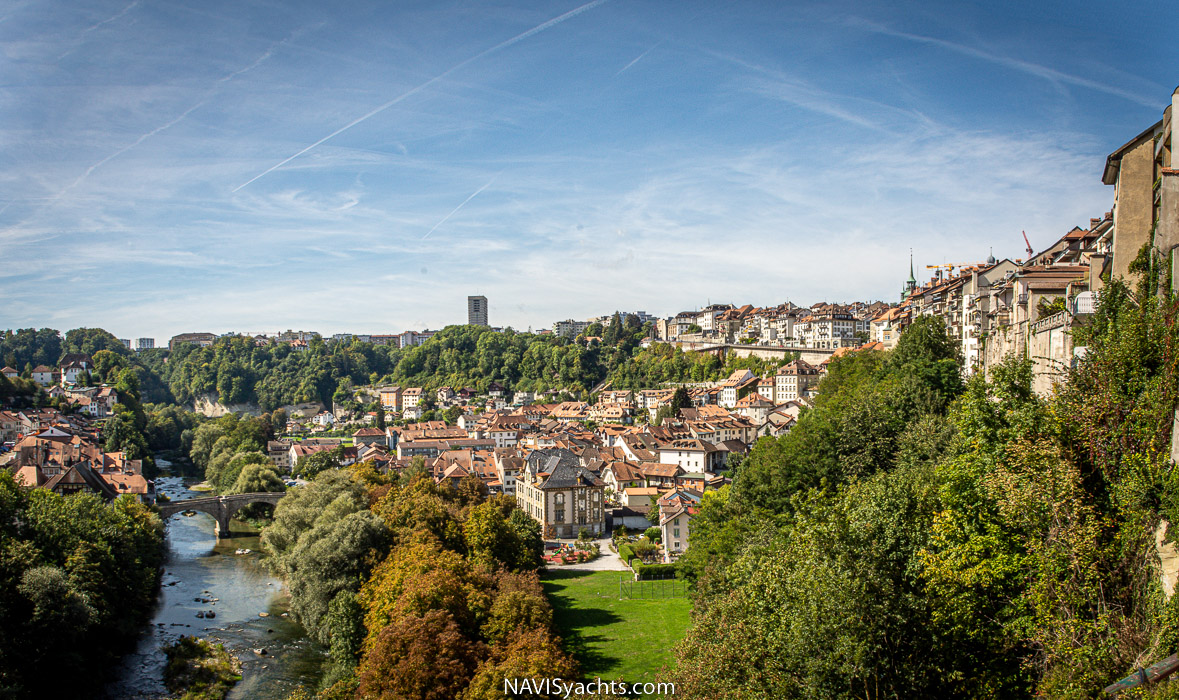
The following morning, we headed back out to enjoy the scenery and uncover the splendor and amazing history of nearby towns. Set in a fantastic location, Fribourg (in the canton of the same name) is one of the most picturesque and well-preserved of medieval towns in Europe, with exceptional examples of Gothic architecture, including fountains, bridges, and ramparts, along with streets upon streets of 15th century buildings. While the architecture is simply amazing, that’s not the town’s only appeal. Modern art has a presence here with art space featuring the work of Swiss sculptor Jean Tinguely and his wife, French-American sculptor, Nikki de Saint-Phalle. The installations are housed in a former tram station.
The town of Gruyères is also a must-visit, with a magnificent medieval castle situated at the highest point in the old town. The chateau which dates from the 13th century is one of Switzerland’s most celebrated castles, featuring stained glass windows and amazing views. Gruyères is also worth a stop as it is the home of famous designer-director H.R. Giger, best known for his striking and nightmarish “bio-mechanical” work. A museum featuring his work as well as an Alien-themed bar are a draw here.
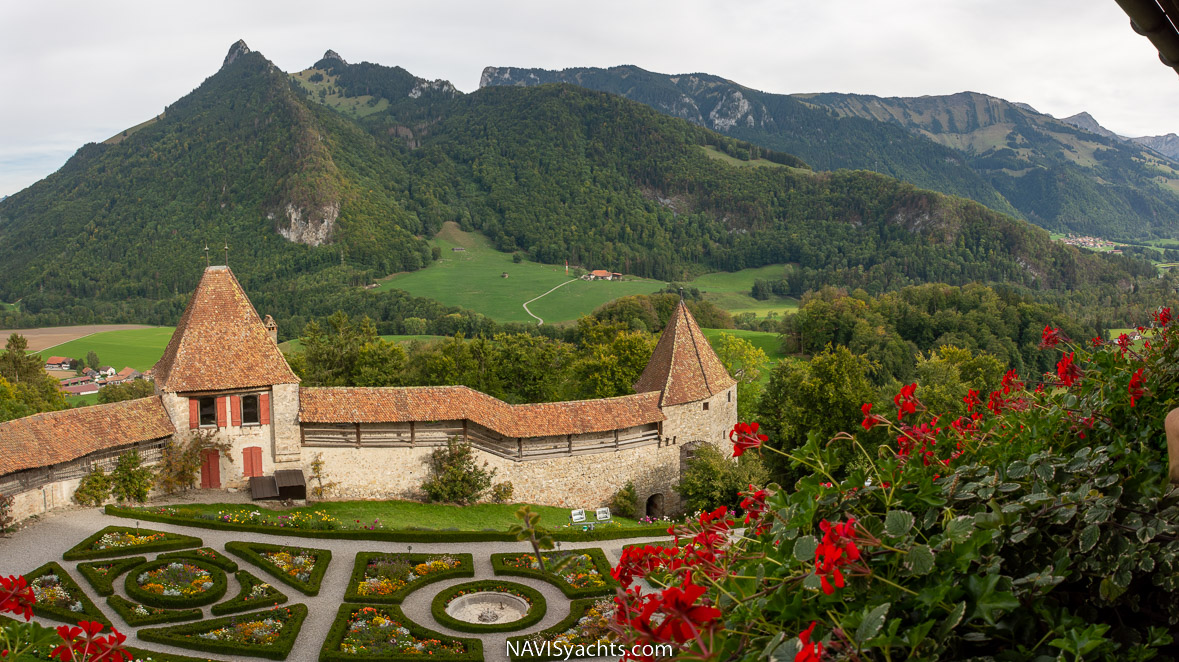
Back on the road again we set up the GPS for the second portion of our journey to Engelberg, taking the country roads to Lucerne, then when we arrived at Stans we turned left and started the climb to our ultimate destination. As we drove through the winding country roads of the Jura canton, we marveled at the responsiveness of the Huracán which performed exceptionally well in wet conditions. Discovering exquisitely scenic locations in the mist and fog would not have been as enjoyable with a lesser vehicle. And, of course, the retractable roof was a blessing in changing conditions. The coupe wound through beautiful country roads, passing Swiss farms and placid cows, the gentle clanging of their bells evoking a fairytale environment. The final eventual climb before our intended destination was easy, until the last steep climb for just five to ten minutes, whereupon the valley where Engelberg is located unfolded before our windscreen.
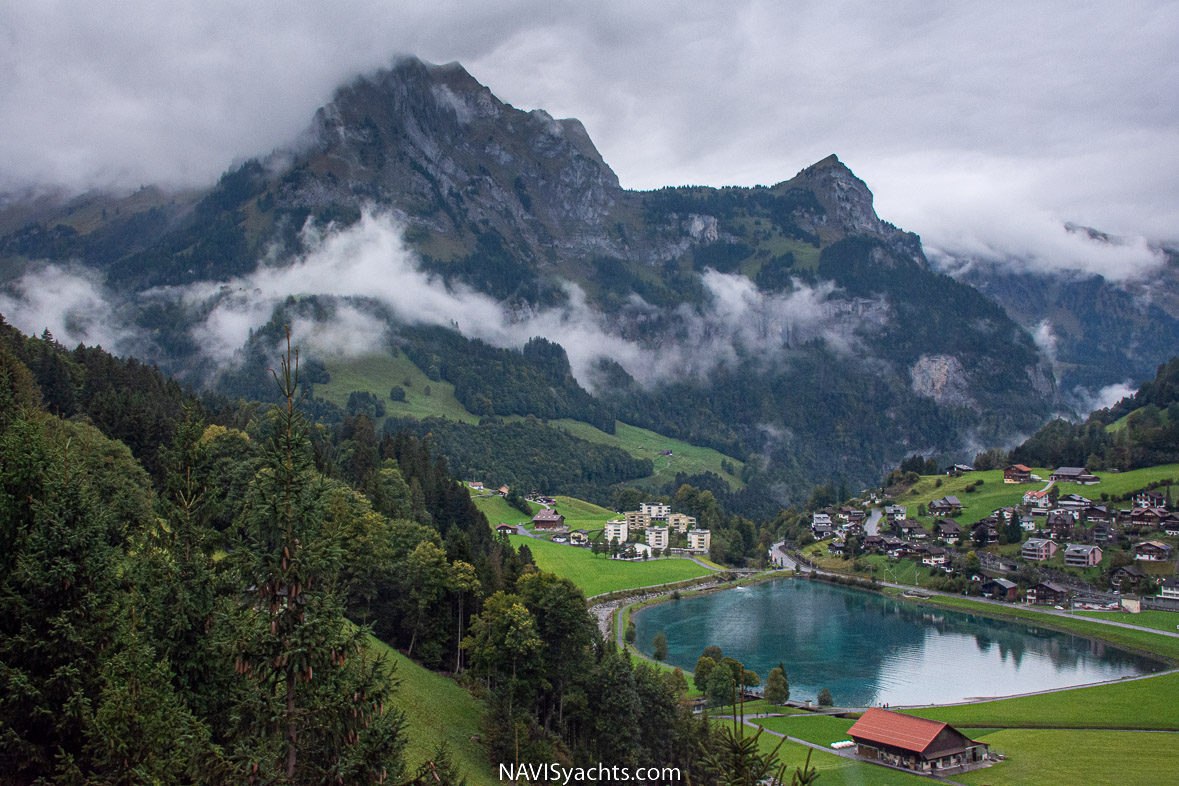
The Stay
Once a spectacular grande-dame originally built in 1889 as a hospital by Engelberg’s Mayor, Edouard Cattani, but later repurposed as the Grand Hotel Winterhaus in 1904 for the elite of the Belle-Époque. Like all fascinating women, particularly grande-dames, the new Kempinski Palace Engelberg has many attributes and great appeal. After five years of concerted renovation and creative re-imagining, Kempinski had finally finished the work on its Palace. Mayor Cattani himself is remembered here in the Restaurant that bears his name. We enjoyed a degustation menu there on our first night which featured delicious local venison that took center stage in starters as terrine, consommé, as well as a pie, followed by an entrée of Deer Bourguignon, accompanied by root vegetables and a delectable bacon mash. Each course expertly paired with local wines. We ended the meal with a decadent Grand Cru chocolate sphere filled with bitter orange and orange sorbet. The rest of our blissful stay at the Kempinski Palace Engelberg is detailed in the following article Although very brief, the retreat is truly lovely and we look forward to a future visit.
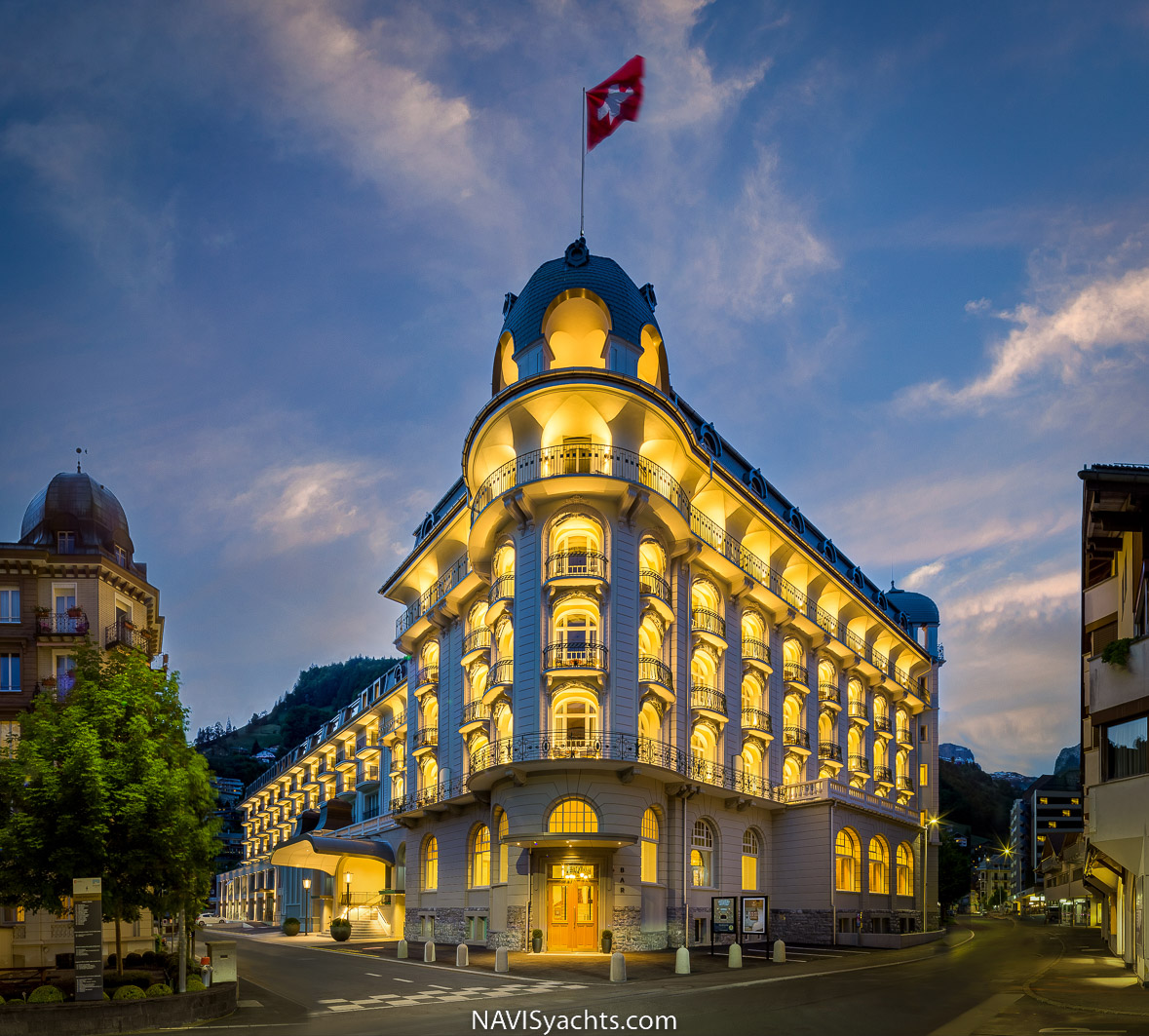
The Return
Our idea was to follow one of Europe’s most scenic and historic journeys, the Route Napoléon, which Bonaparte and his small army of 1,100 took in 1815 upon his return from exile in Elba. Portions of this tourist road intersect with N85, D1085, D4085, and D6085 routes and are marked with various bronze plaques and columns topped by French Imperial Eagles. We followed this meandering route, inaugurated in 1932, only reversing the 200 mile march, from the foothills of the Alpes in Grenoble, down to the French Riviera.
This journey for Bonaparte lasted two-and-a-half weeks, ending in his triumphal -- but brief -- return to power. We needed to complete it in two-and-a-half days. Happily, our journey encompassed some of the most exquisite scenery in France and Switzerland.
To reach the beginning of our route in France, we needed to move quickly through Switzerland. We took the “lake route” sticking primarily along A8, which took us through Interlaken, Bern, then Lausanne, and, finally, Geneva. The maximum autobahn speed was 120 km/h and a joy to test our Huracán, although once in proximity of city centers, we were often in Strada mode.
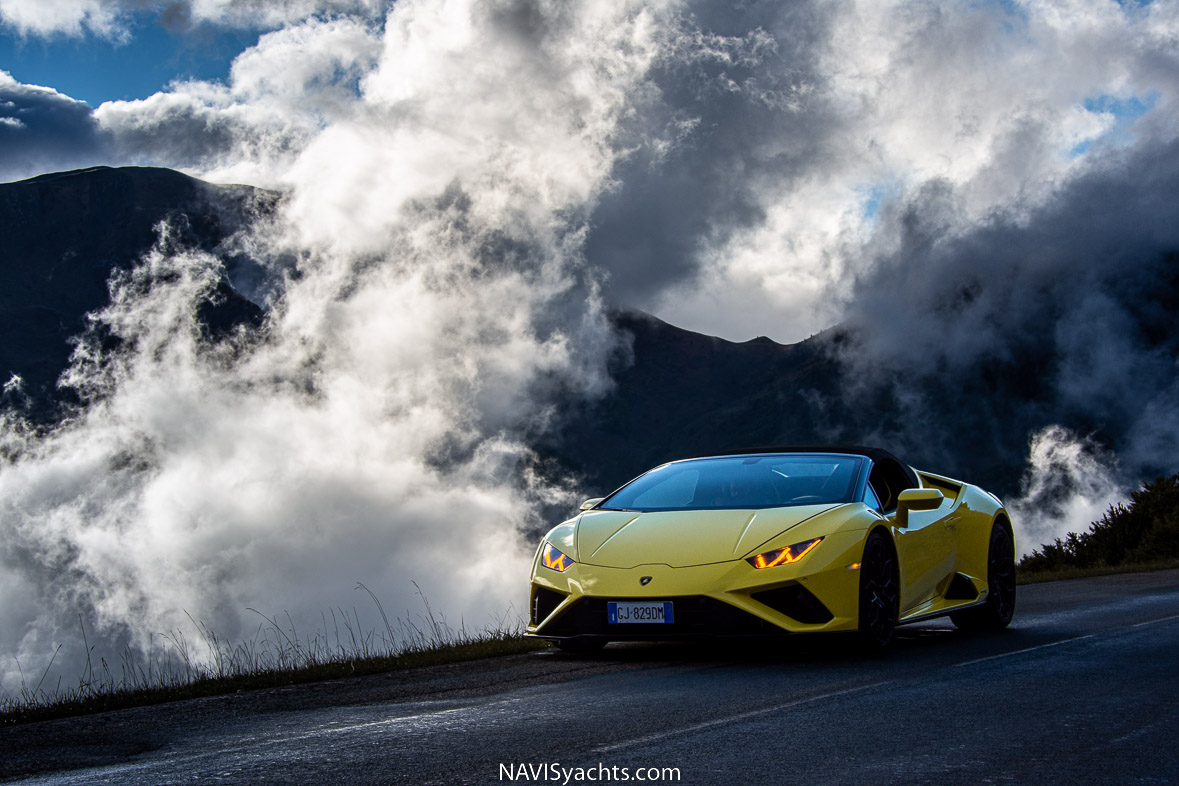
The Route Napoléon officially ends in Grenoble, but became our start with the breathtaking French countryside of rolling hills, lakes, national parks, and picturesque villages unfolds, leading up to the mountains. We made our way to the lovely medieval town of Corps, where we decided to spend the night. We chose the Hôtel de La Poste as it was not only situated in the center of town, but was one of the few hotels to provide covered, secure parking, the proper accommodations for our Huracán. This petite, charming three-star property also has a restaurant featuring the culinary talents of Chefs Jérémy and wife Julie Da Fonseca. We hadn’t expected anything but a basic restaurant and simple local cuisine.
We were in for a fantastic surprise: perfect salads, delicious soups, rolled chicken breast with mushrooms and grapes, finished with delicious desserts. NAVIS readers passing through Corps should stop and experience the Da Fonsecas’ kitchen.
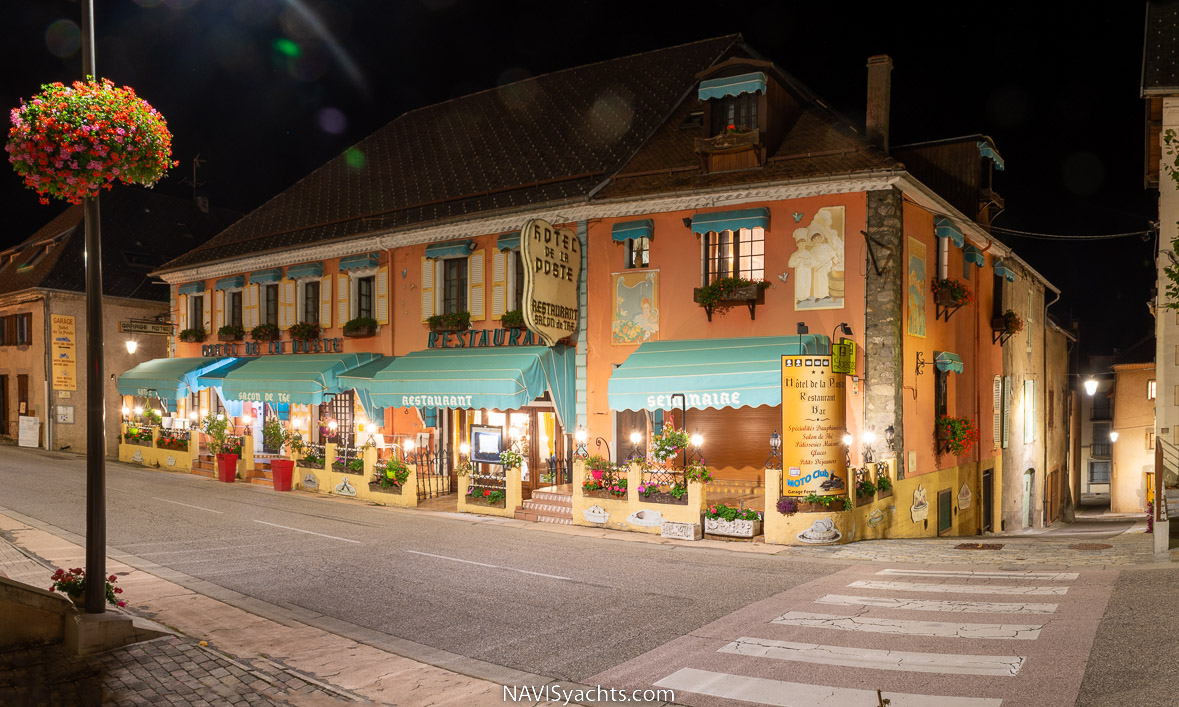
While enjoying dinner, we found out about a traditional pilgrimage route to La Salette, the site of Marian apparitions in 1846. The route could be done either by walking through the forest or by car. Intrigued, we felt the Huracán needed to see this place. We woke up early the next morning, enjoyed a quick breakfast and got ready for the last day of touring.
The morning temperature was chilled and the sky darkened by threatening clouds, although the sun was trying to push them aside. Undaunted, we retracted the Huracan’s roof, jumped in, warmed her engine a bit and were ready to return to the Route Napoléon again after a slight detour to La Salette. The small, winding road there was simply breathtaking, climbing further and further up into the mountains, surrounding us with moving clouds above as well as below. The scenery is at once fantastic and idyllic and we were once again reminded – and grateful for -- how ideal the Huracán EVO Spyder is on these diversions. That 5.2-liter V10 produces 610 hp and 413 lb.-ft of torque while the RWD provided enough power to manage any climb, along with the highly responsive carbon-ceramic disk braking system. We reached the Basilica of Notre Dame de La Salette, a massive complex rising majestically out of the mist. We stayed long enough to soak in the view, returning to the Route towards Gap, past picturesque towns and rising ever closer to the Haute-Alpes with an ease and a joy that we imagined eagles must feel.
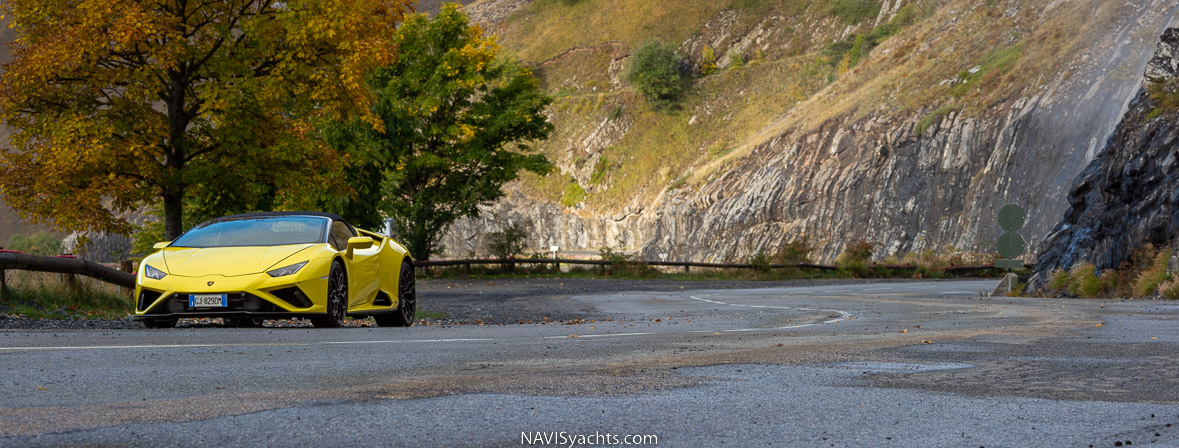
Unfortunately, we encountered traffic as we neared Gap, so we took the road to La Rochette, and on to Lac de Serre-Ponçon, a huge lake, ideal for active water enthusiasts. The lack of rain this summer, along with the excessive heat, rendered the lake water level exceptionally low, another symptom of global warming. We continued on to Mont-Dauphin, boasting a military installation built by the Marquis de Vauban under Louis XIV, one of an astounding twelve of his constructions that are inscribed on UNESCO’s World Heritage list. We then took a right onto the D902A towards the Haute-Alpes, passing through petite mountain towns like Saint-Marcellin, and the fantastic ski resort town of Vars, as we headed towards Mercantour National Park and Col de Restefond situated there.
This is a high mountain pass at 2,680 m above sea-level. The road to the summit here is paved and is also known as C4 Route de Nice. Annually, and for at least seven months, ice and snow make the road impassable. Also nearby within the park is the Col de la Bonette, another mountain pass that reaches 2,715 m and is also paved. The road is very steep and the ascent provides a wealth of thrills; it’s a sheer delight in warmer seasons. But nearby are various crumbling blockhouses, remnants of the Maginot Line’s Alpine extension, or the Petite Ligne Maginot. These constitute some of the highest roads in France, and the Huracán continued to take us higher.
Starting from Saint Etienne de Tinée, about 90 km north of Nice, the ascent is 23 km long. Over this distance, the elevation increases 1,512 meters with an average percentage of 6.6. Around the Casernes de Restefond, an old military building, the increase hovers around 8-9%. Another epic climb for the Huracán, and again a confirmation that she is the dream car for these adventures. We paused for some strength -- a chocolate at Halte 2000 Chalet in Jausiers, a must-stop for everyone visiting this pass, right before one final climb.
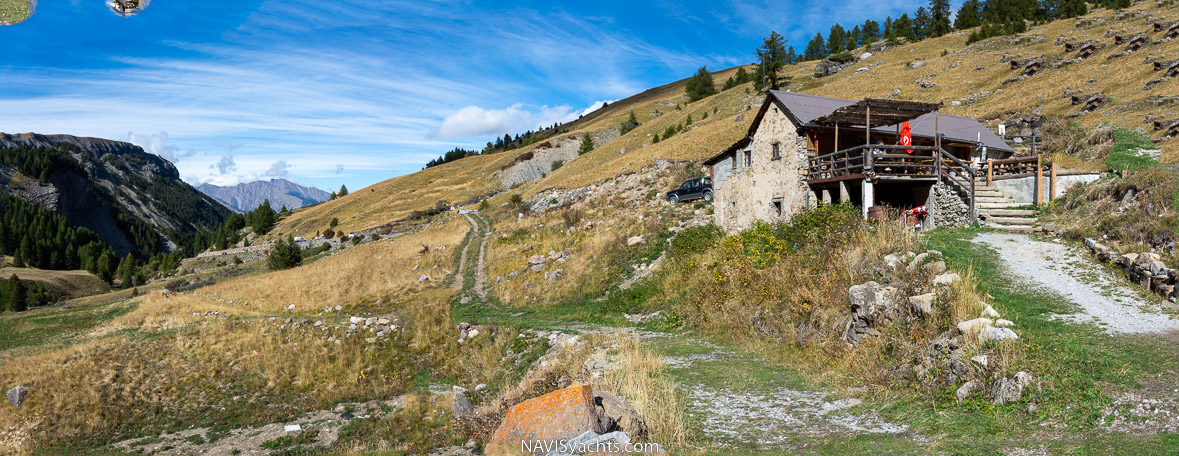
The route follows all the way up to the Alps summit, passing by some intriguing and epic locations like Fortin du Restenfond. Is an old military building at an elevation of 2, 558 m above sea level and also located within Mercantour. The fortress, also known as Casernement du Restefond, was built in 1901 and was part of the Maginot defense line. A few kilometers later, we passed Camp des Fourches, a high mountain military barracks built in 1888 and used up until the end of the Second World War by Alpine hunters on maneuvers. This was the scene of violent fighting during the Second World War in 1940 and between June 1944 and April 1945. Today it is a touristic site, having been saved from utter ruin and restored between 2016 and 2018. At an altitude of 2,280 m, access here was once only possible during the summer by mule. Jausiers is where the 23 km long track began.
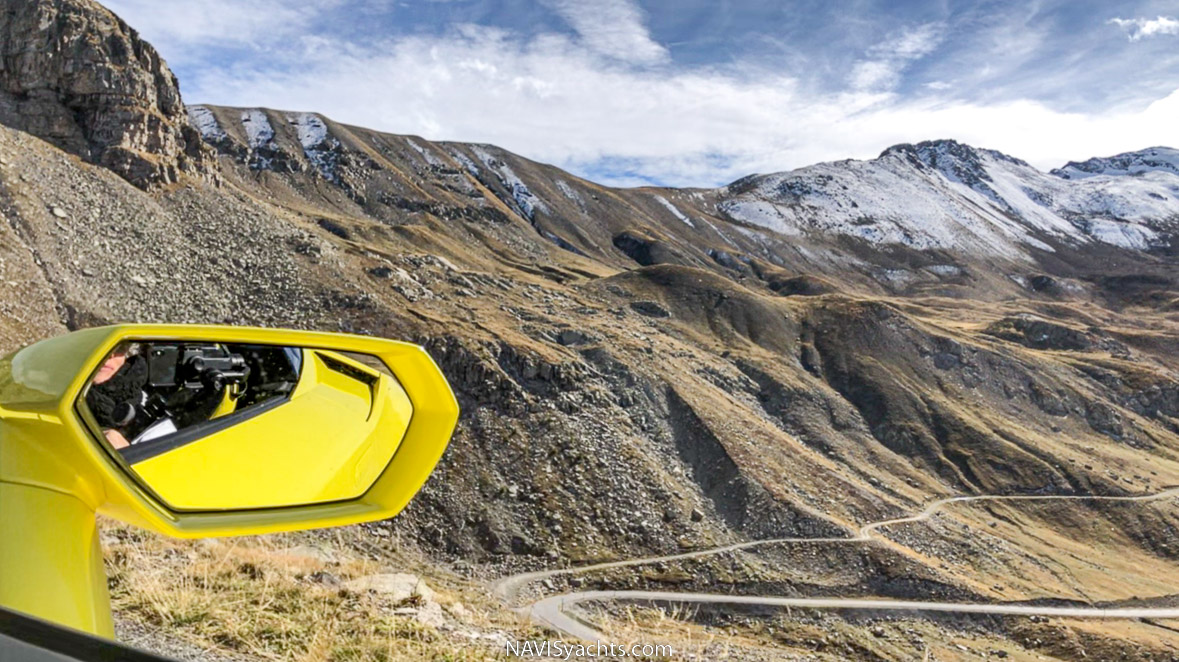
Through the summit crossing, the World War II bunkers tucked in the mountains are still noticeable, as a reminder of an era that should never be re-lived. Finally, the begins its descent. Entering valleys colored by beautiful towns like Isola, the ski resort. Traffic starts to pick up, and with that, drivers stressing to reach various destinations. And, sadly, the feeling also descends that we have just departed another world.
Slowly, we crawled through the traffic and reached Nice before turning on the A8 towards Monaco. Minutes later, we reached Port Hercules at the heart of Monte-Carlo. After parking our beloved Huracán, we went to sleep to prepare for early next morning. The Monaco Yacht Show was about to start.
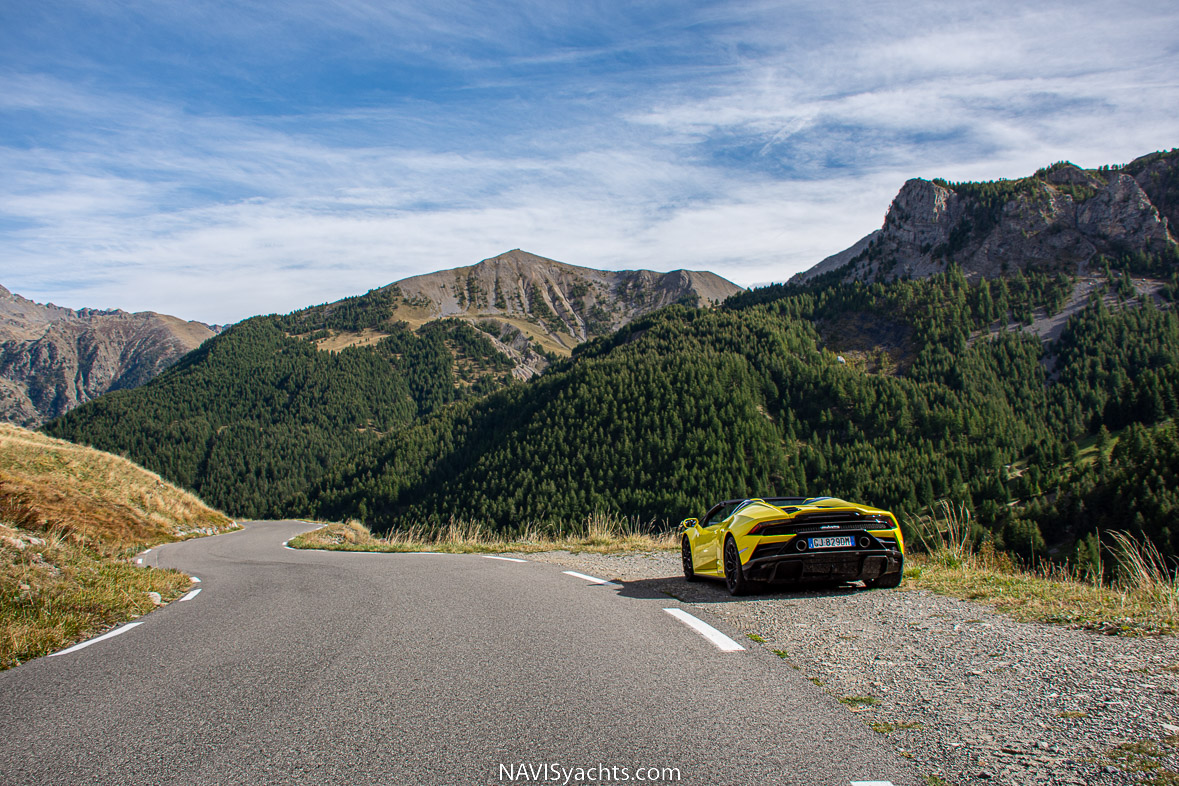
If you would like to view the route taken by our team, follow this link to open the route in Google Maps:
Click Here
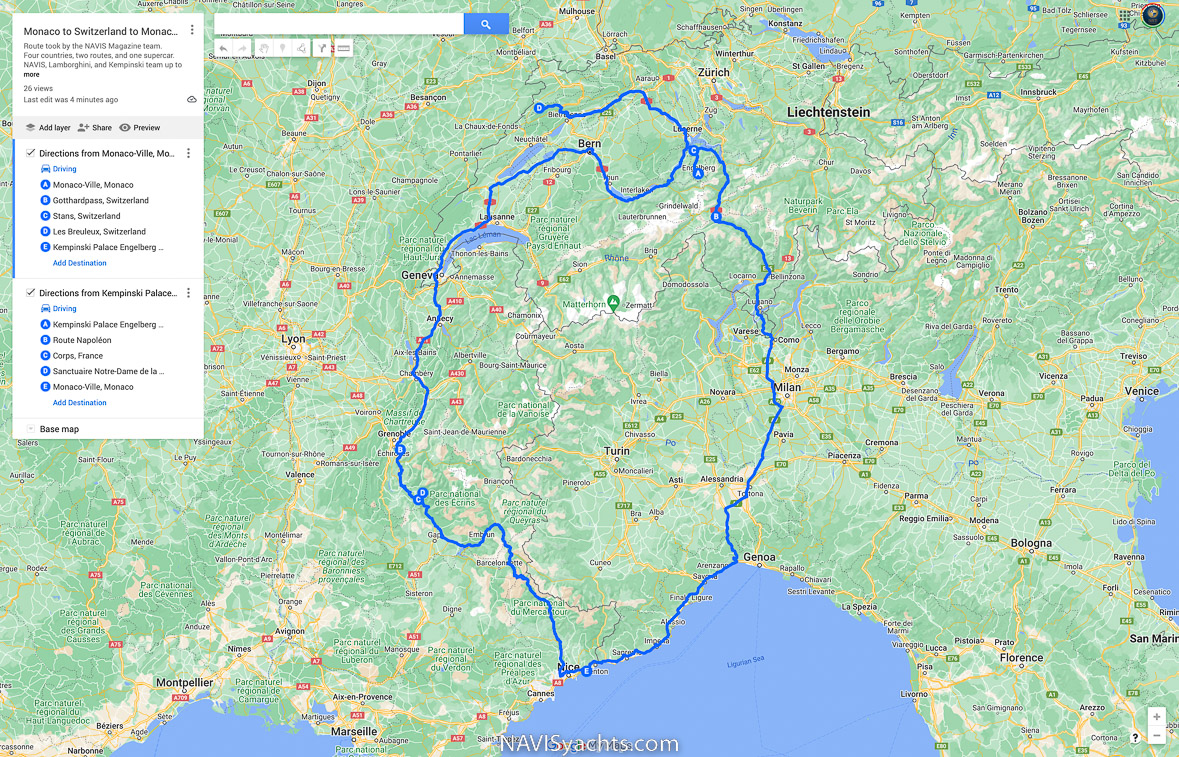


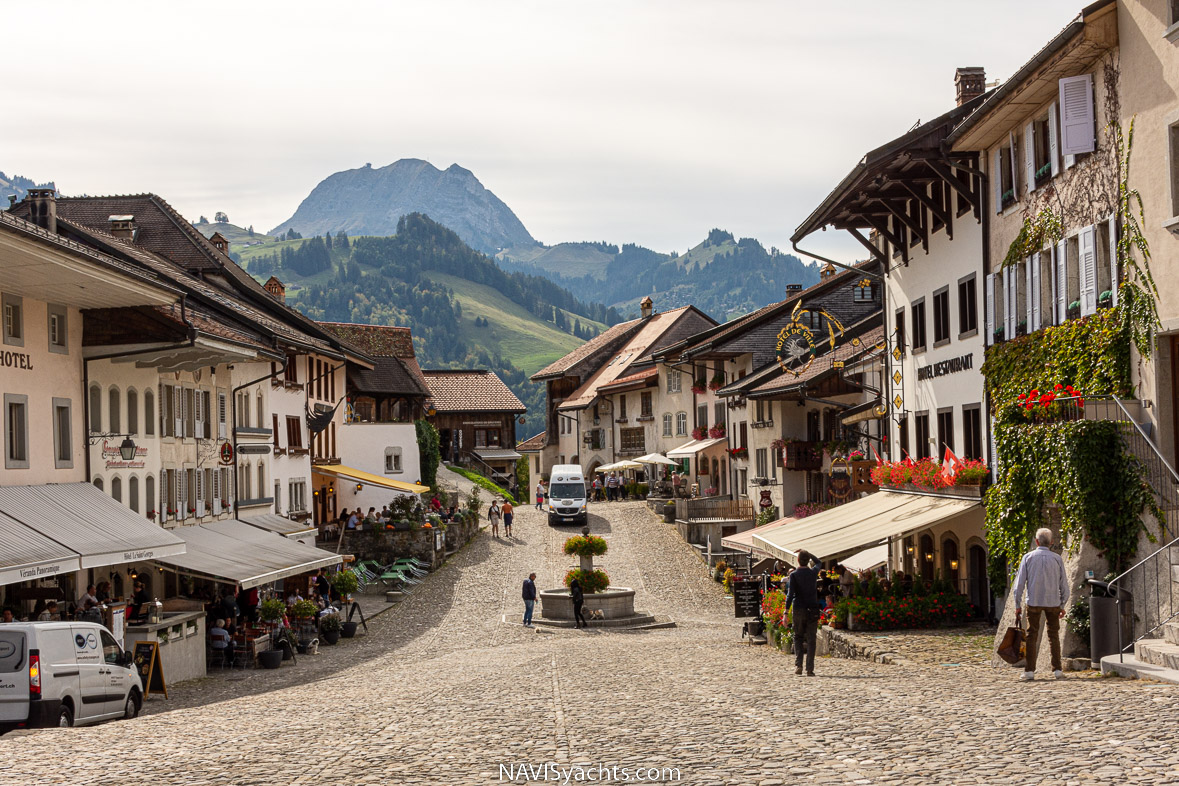

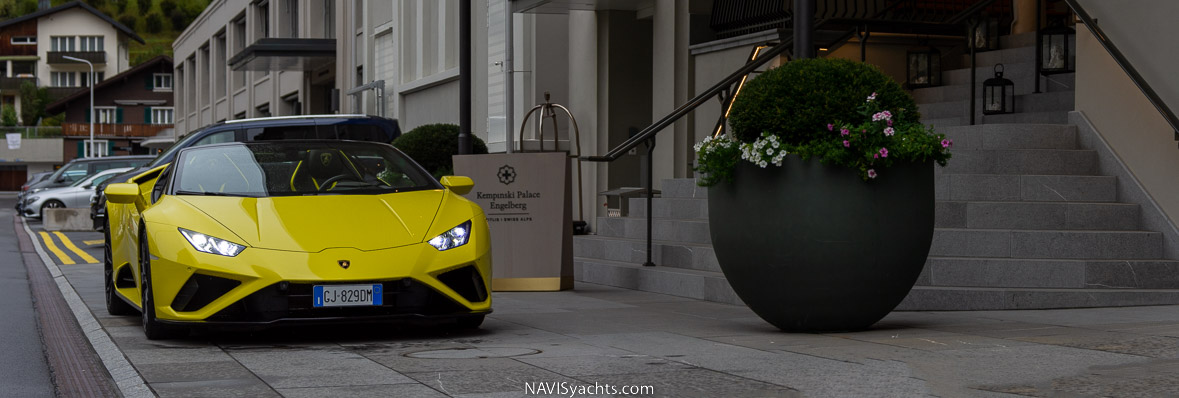
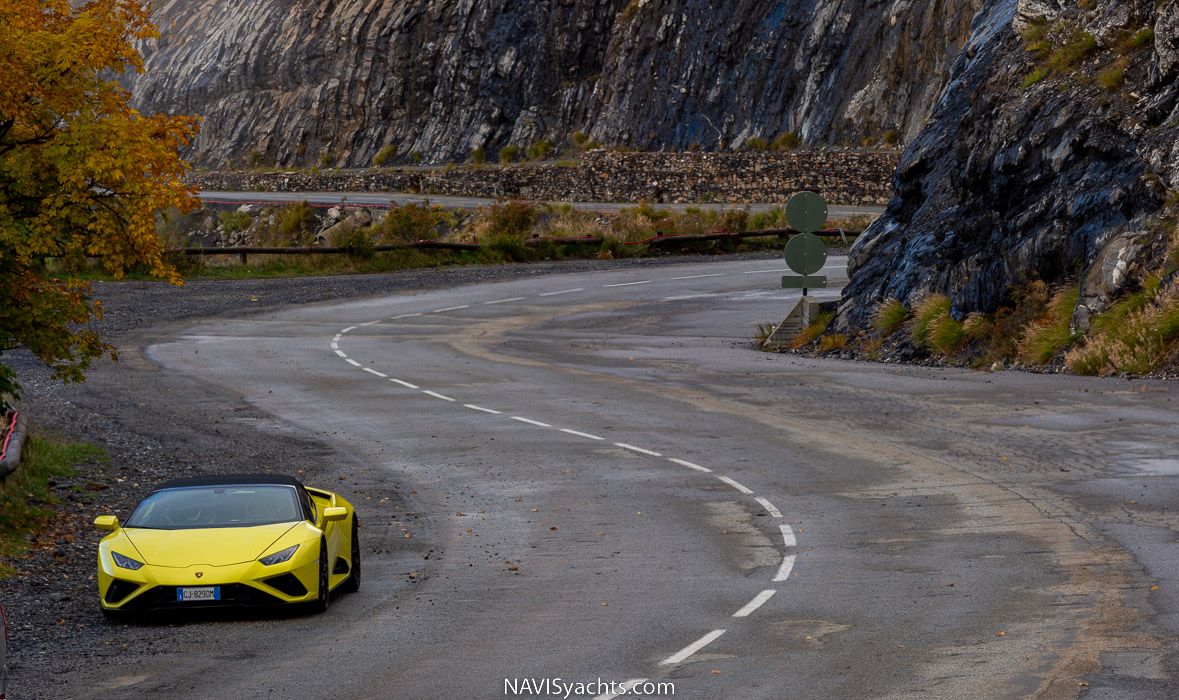
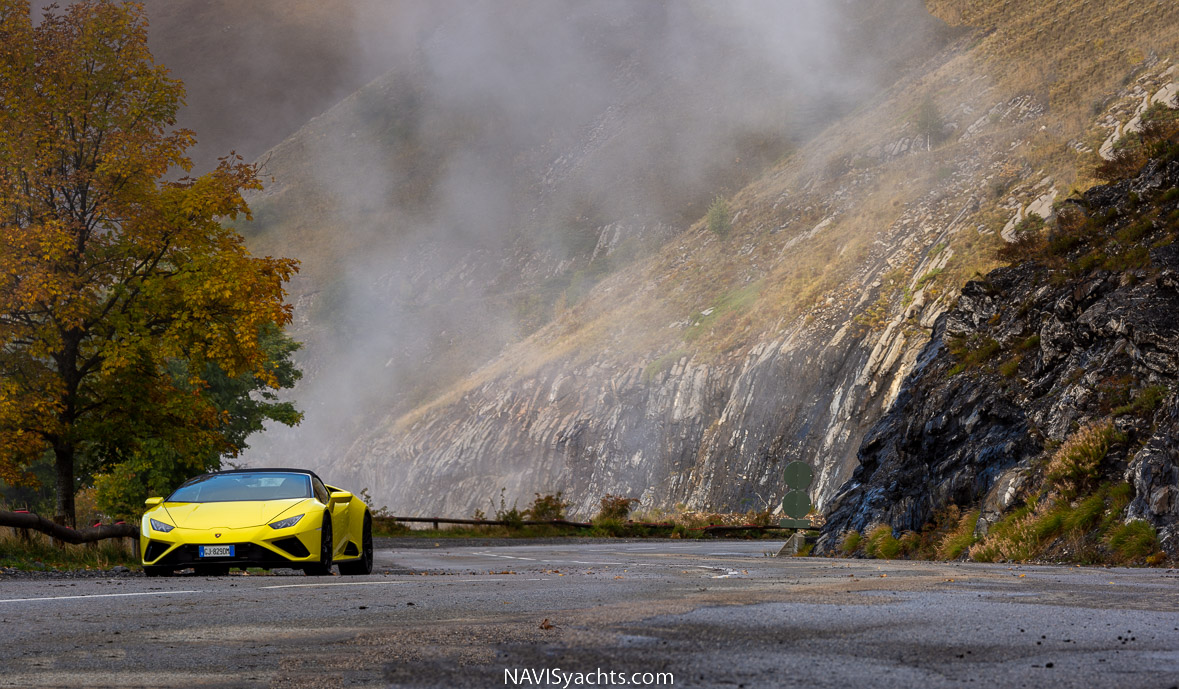
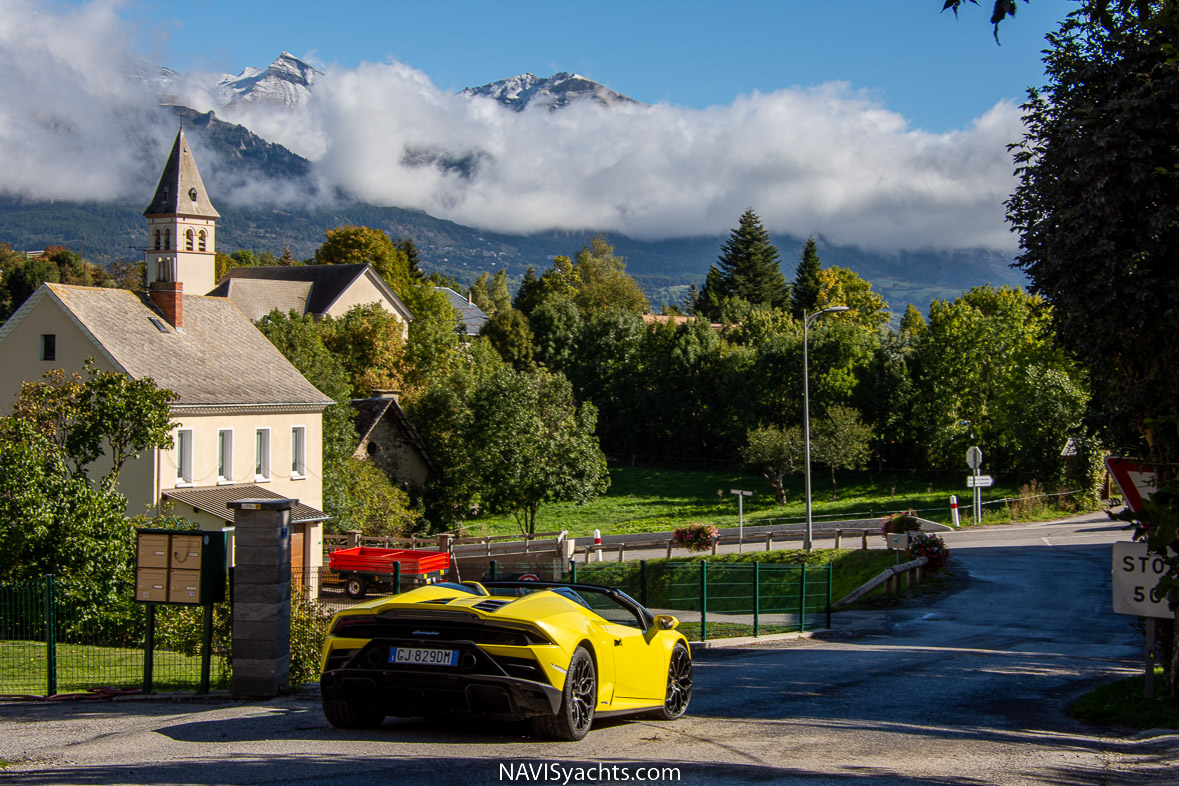
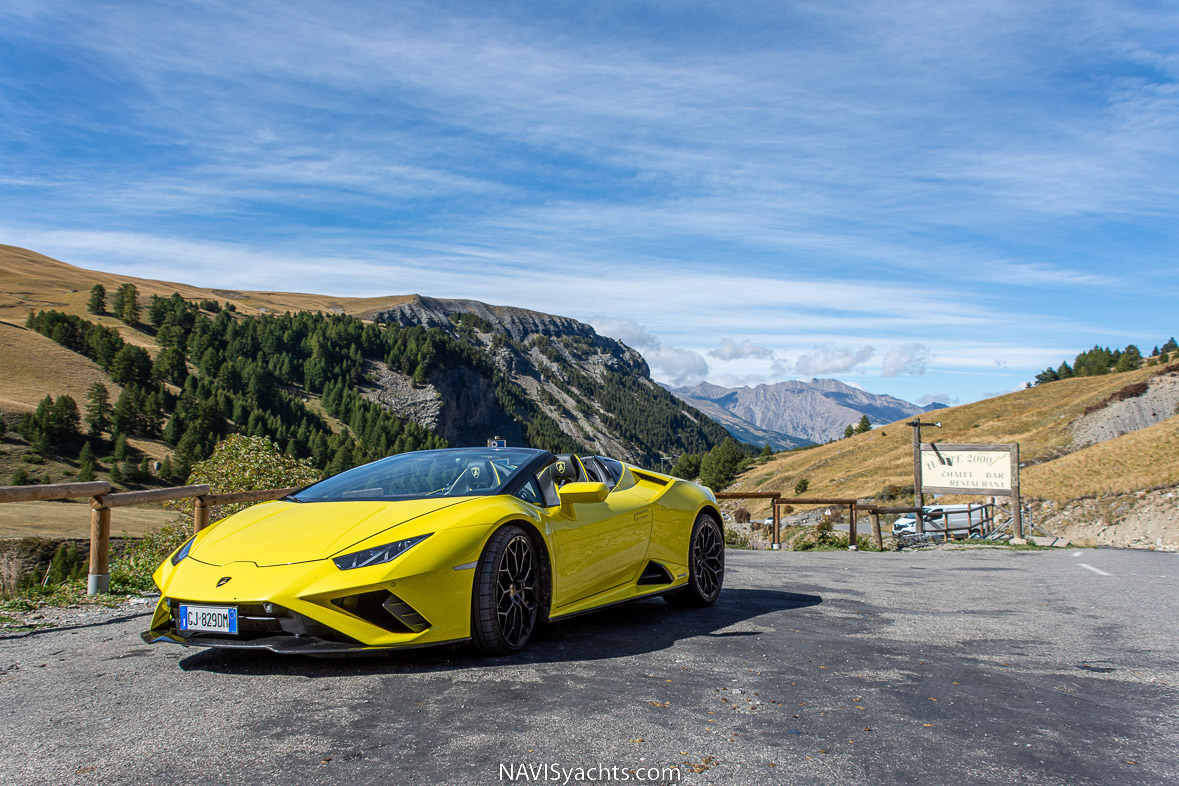
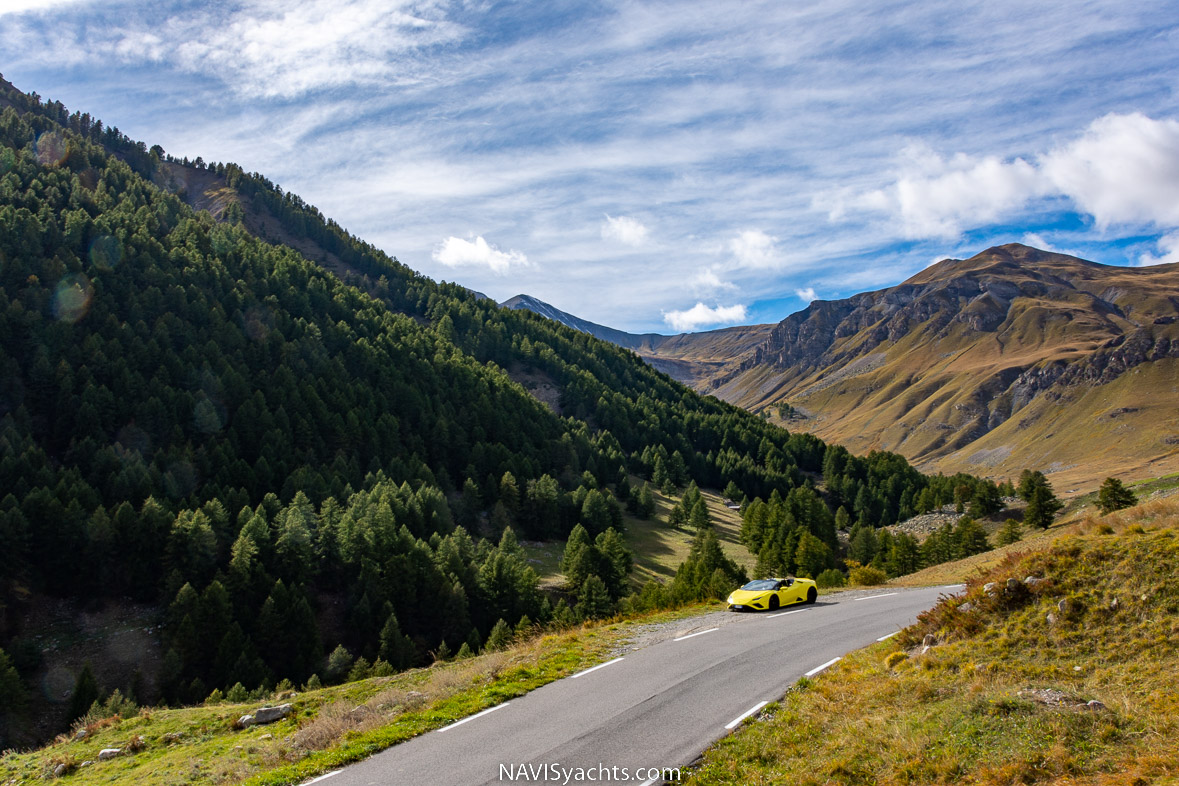
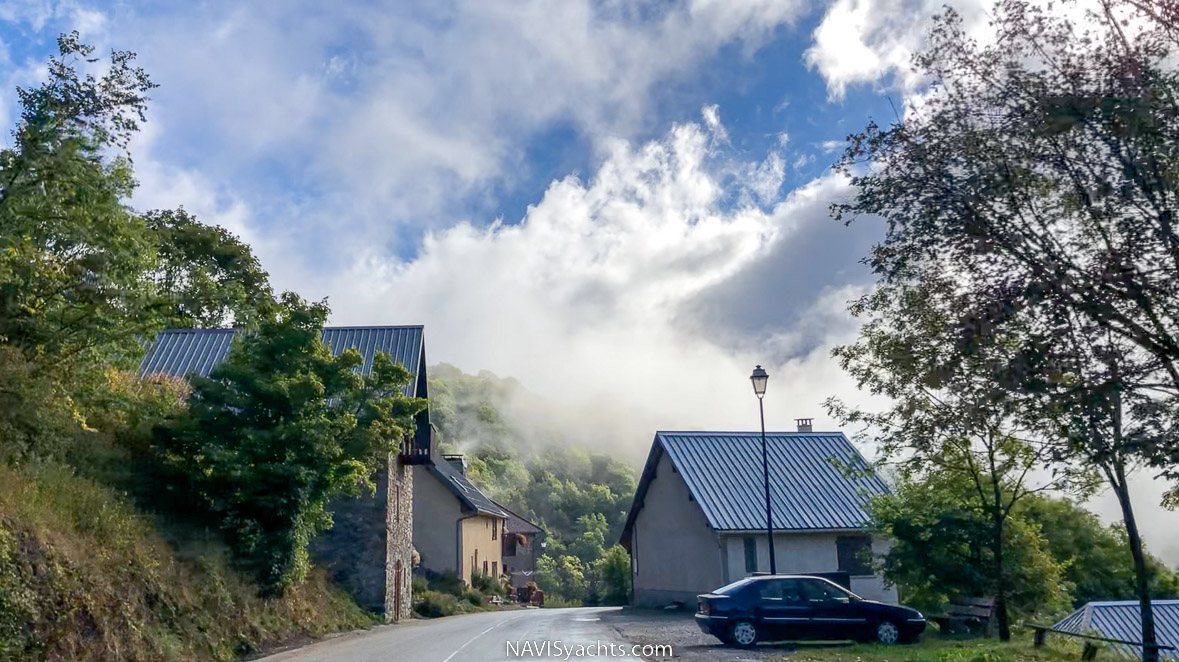
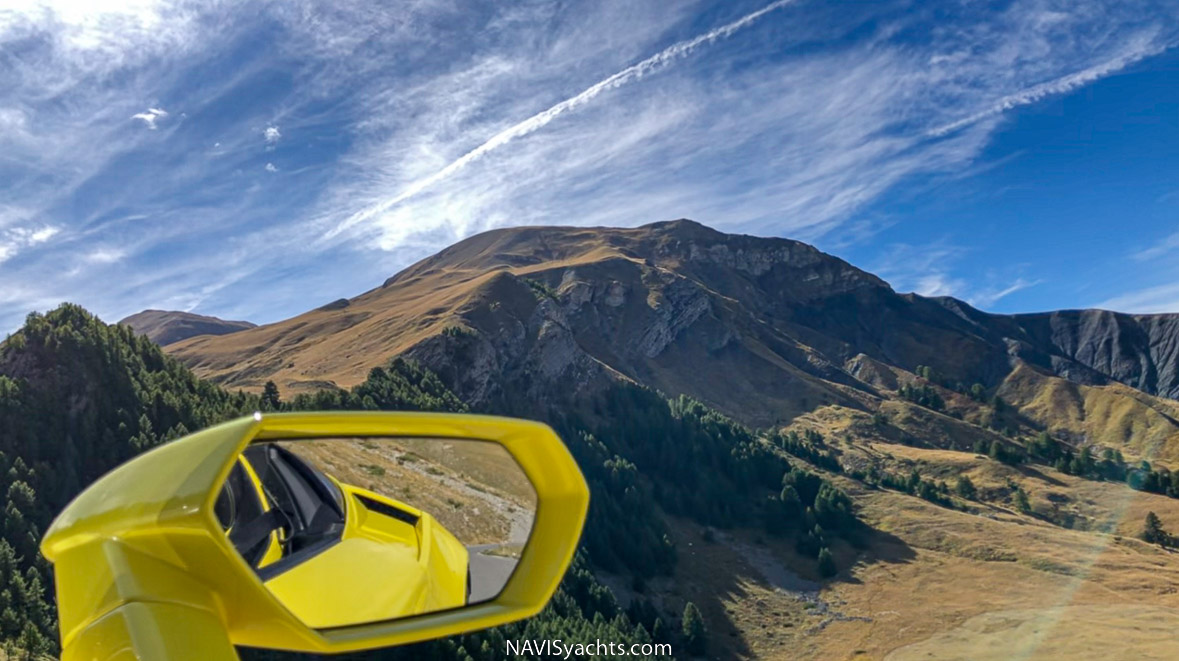
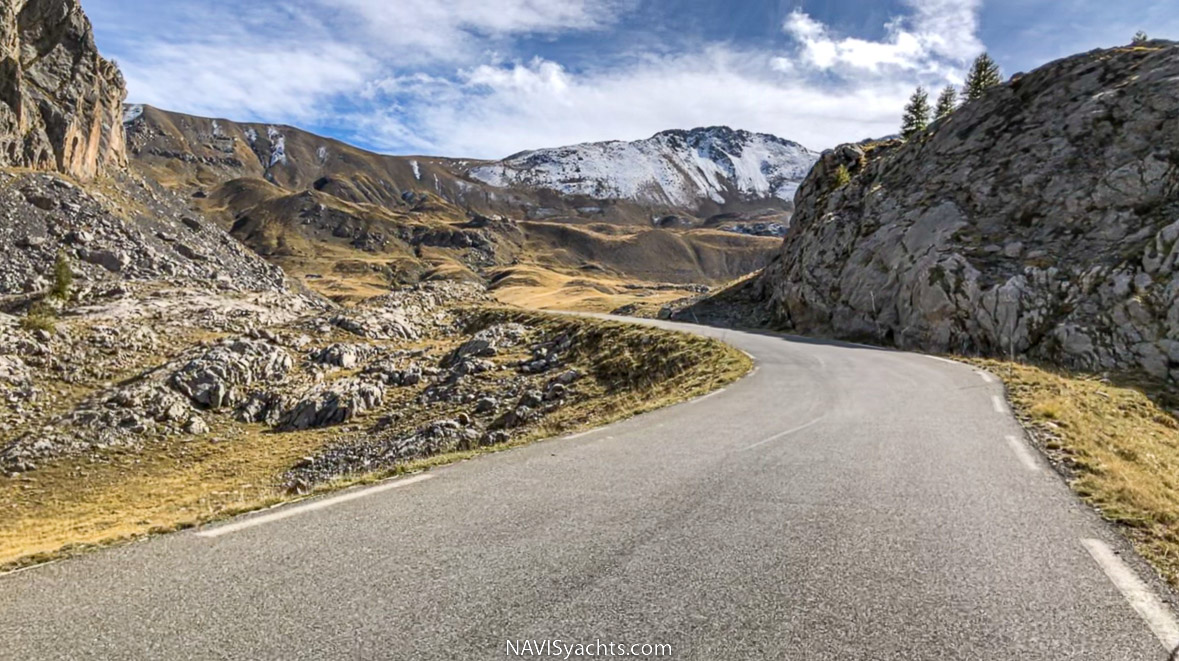

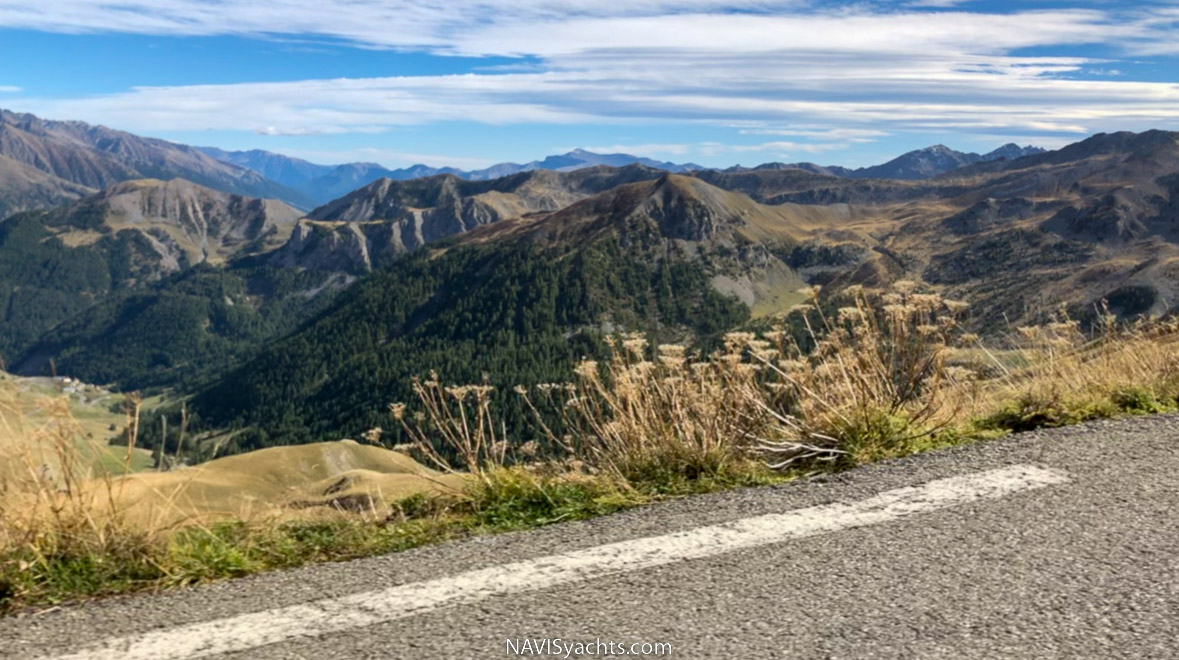
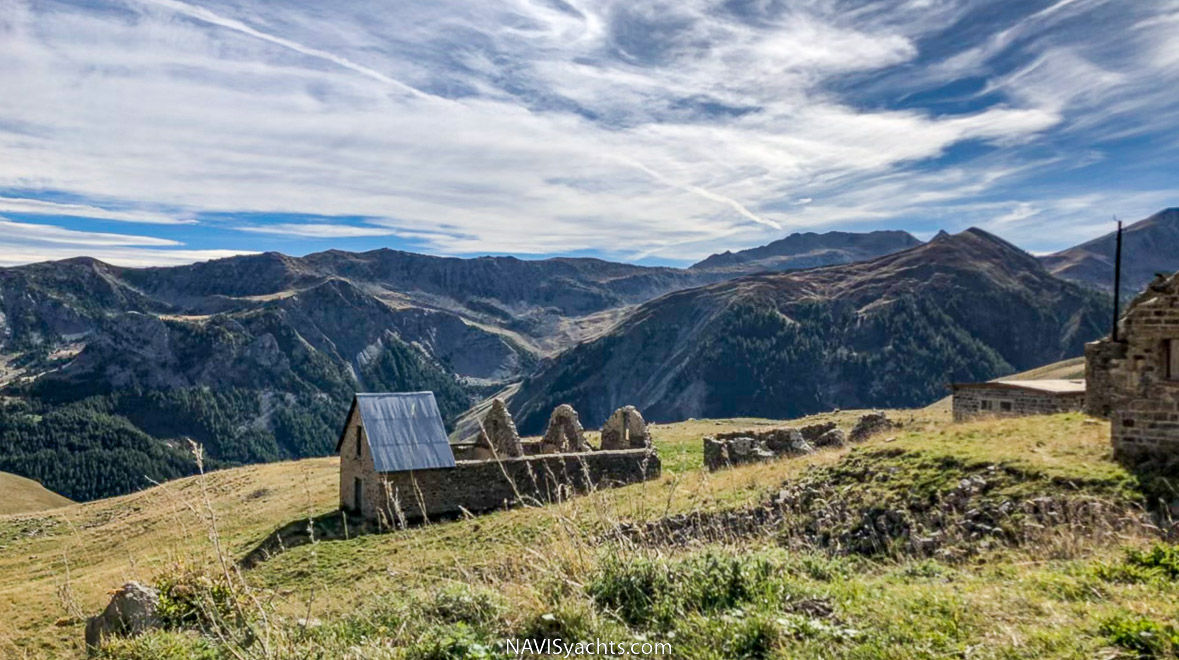
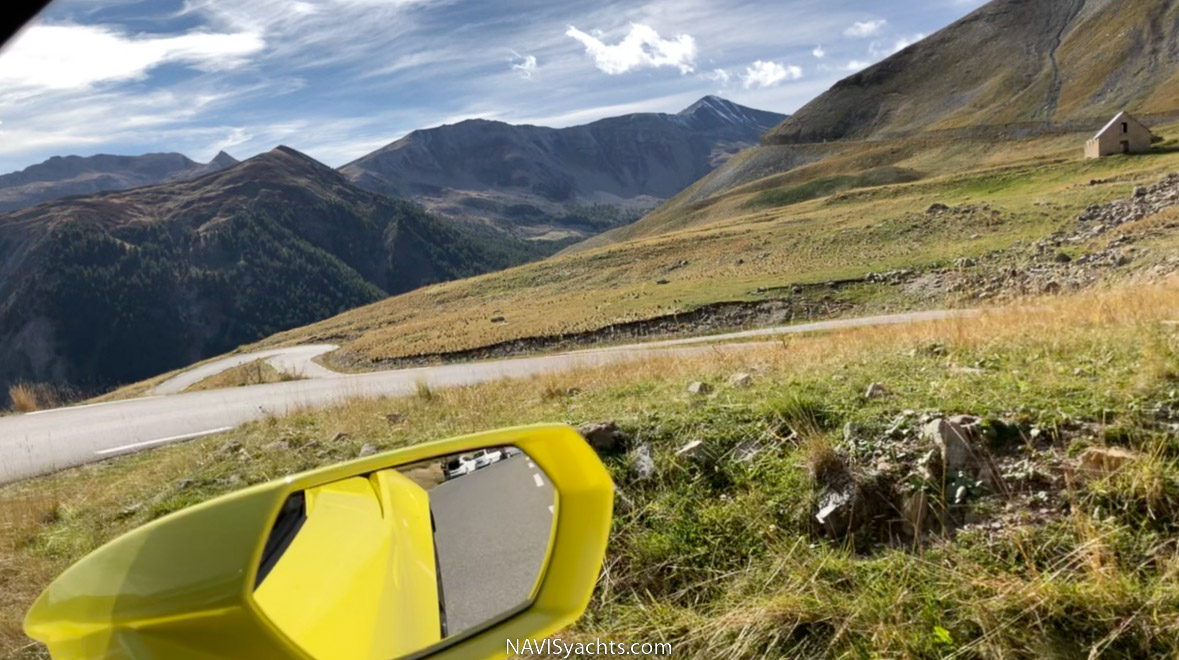
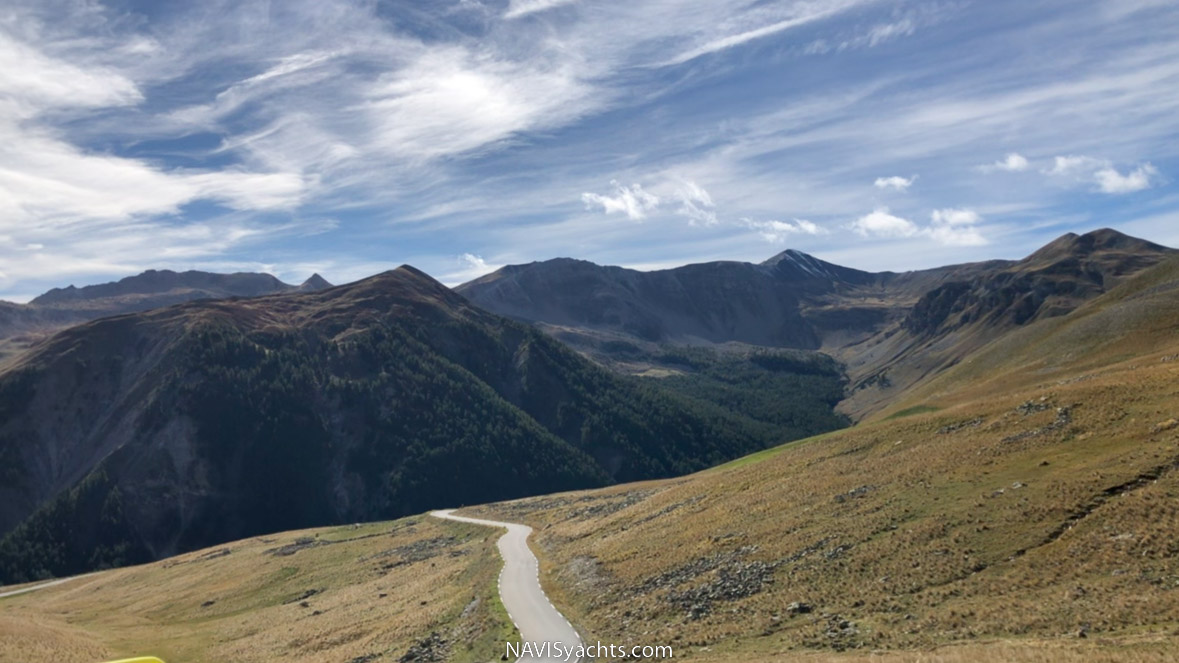


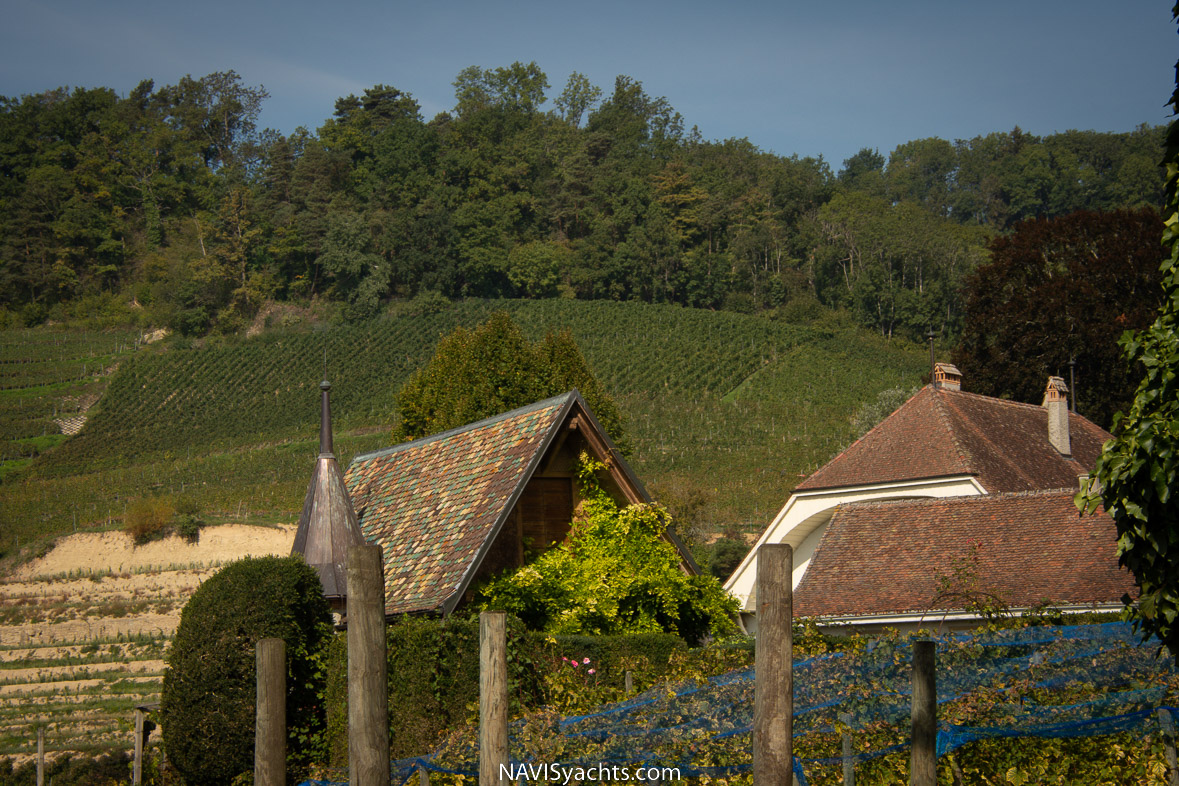
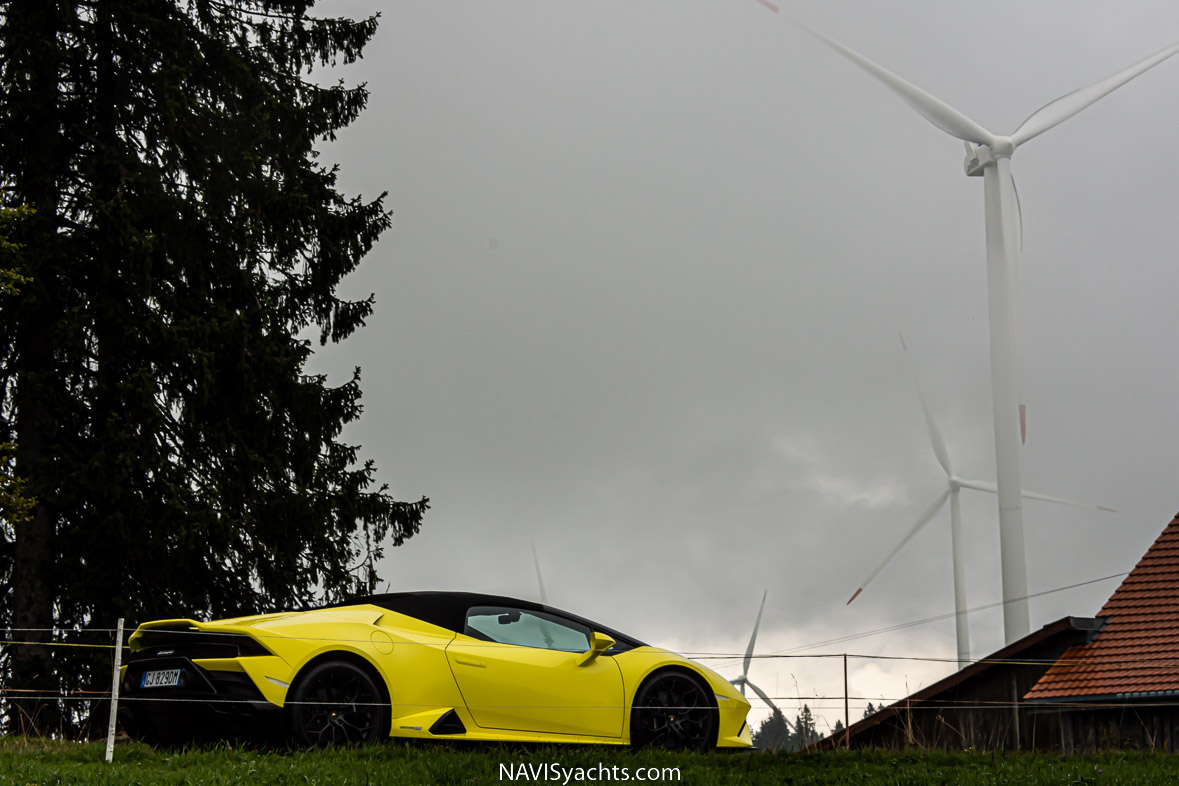


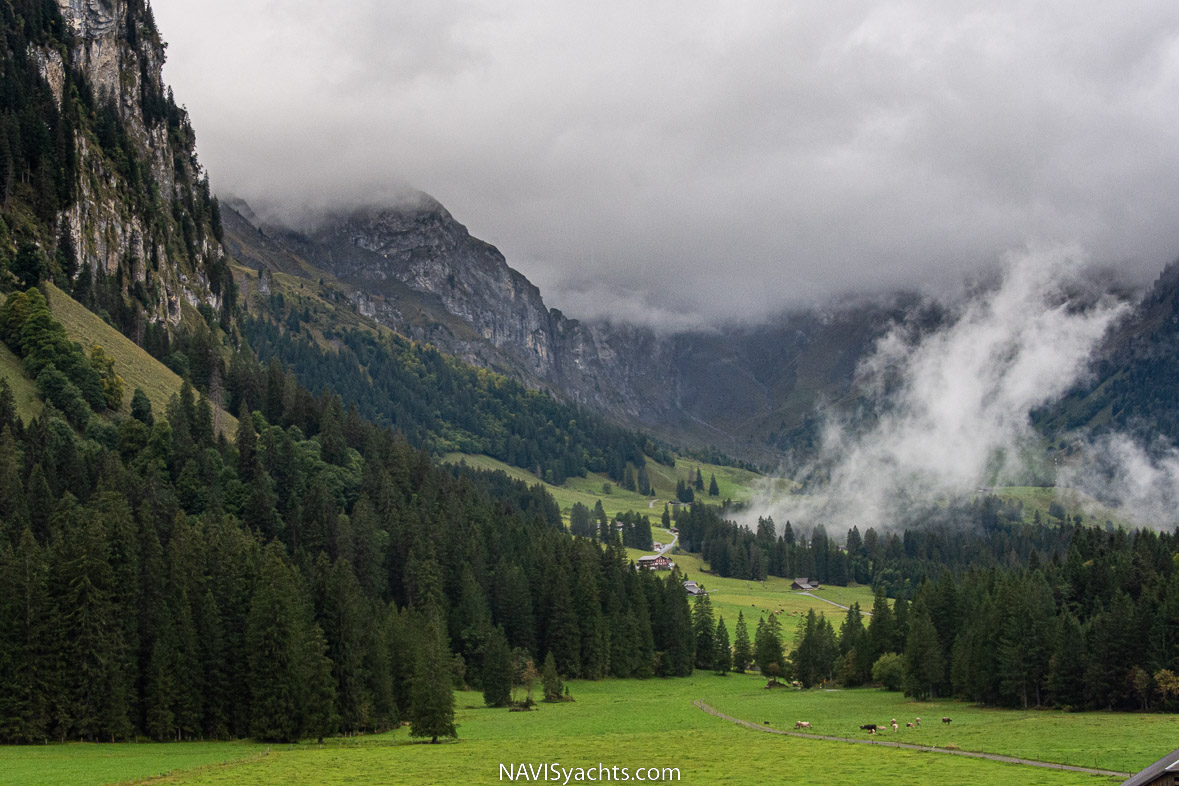
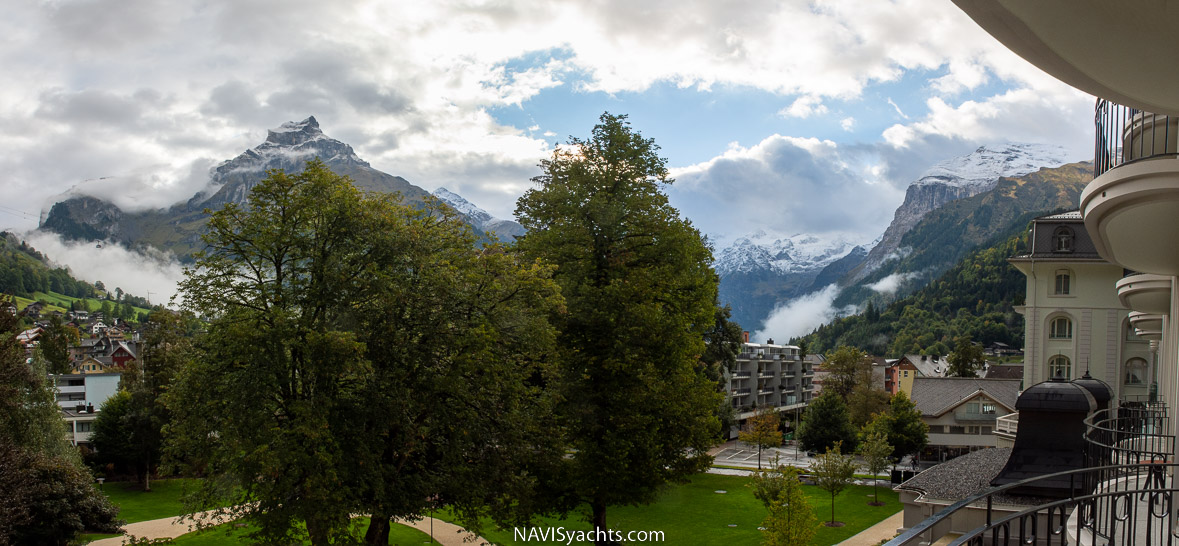
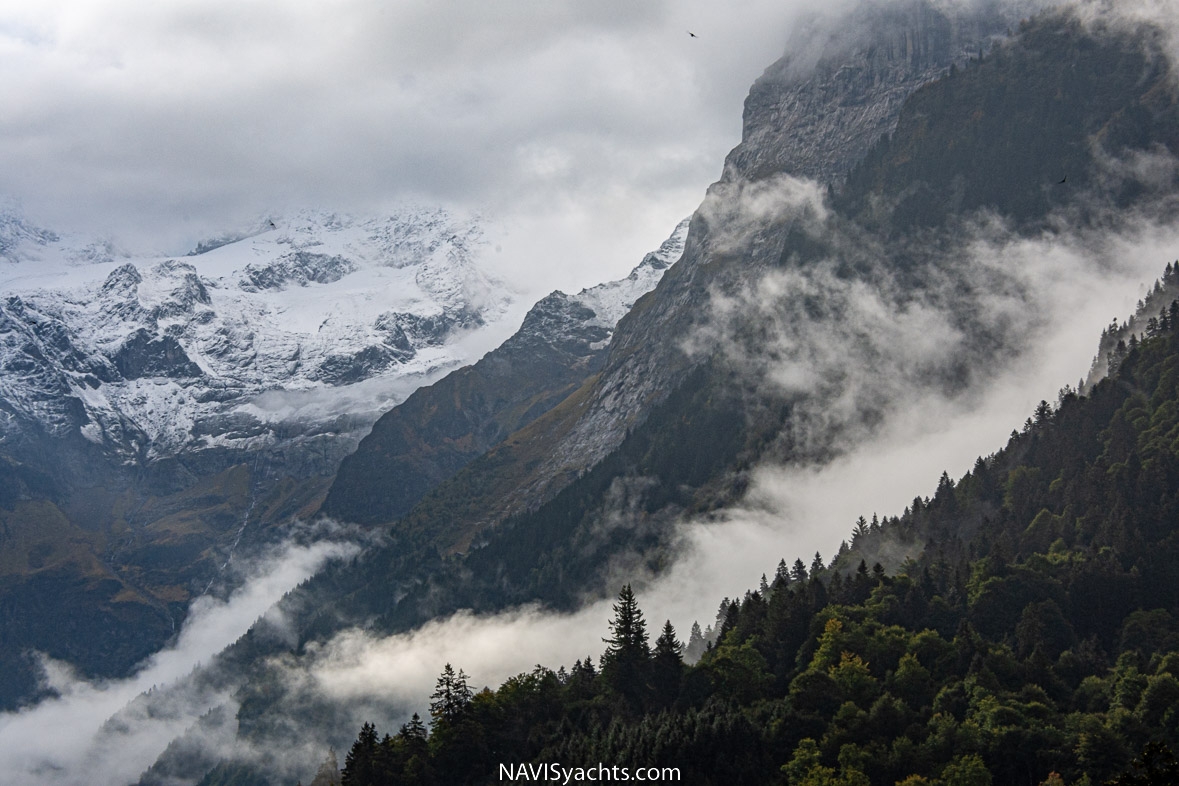
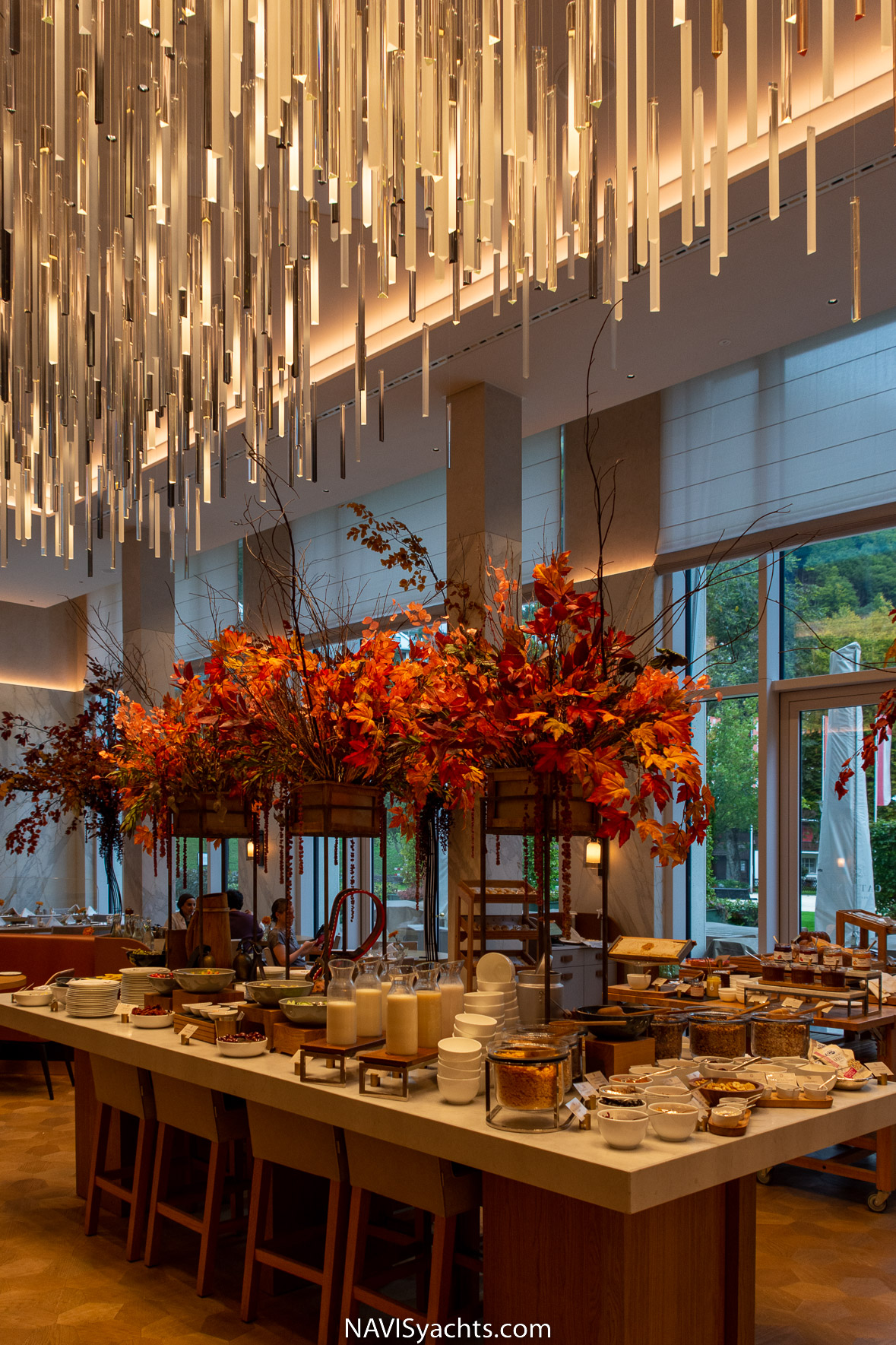
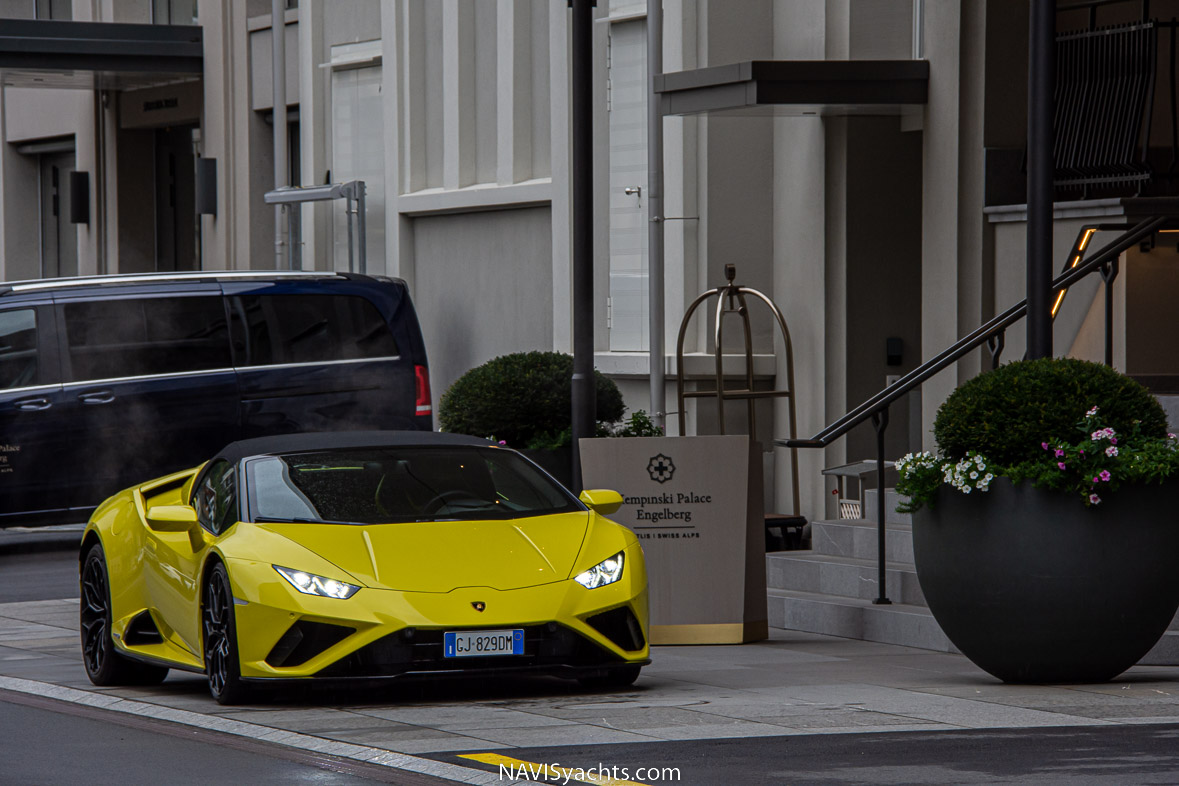


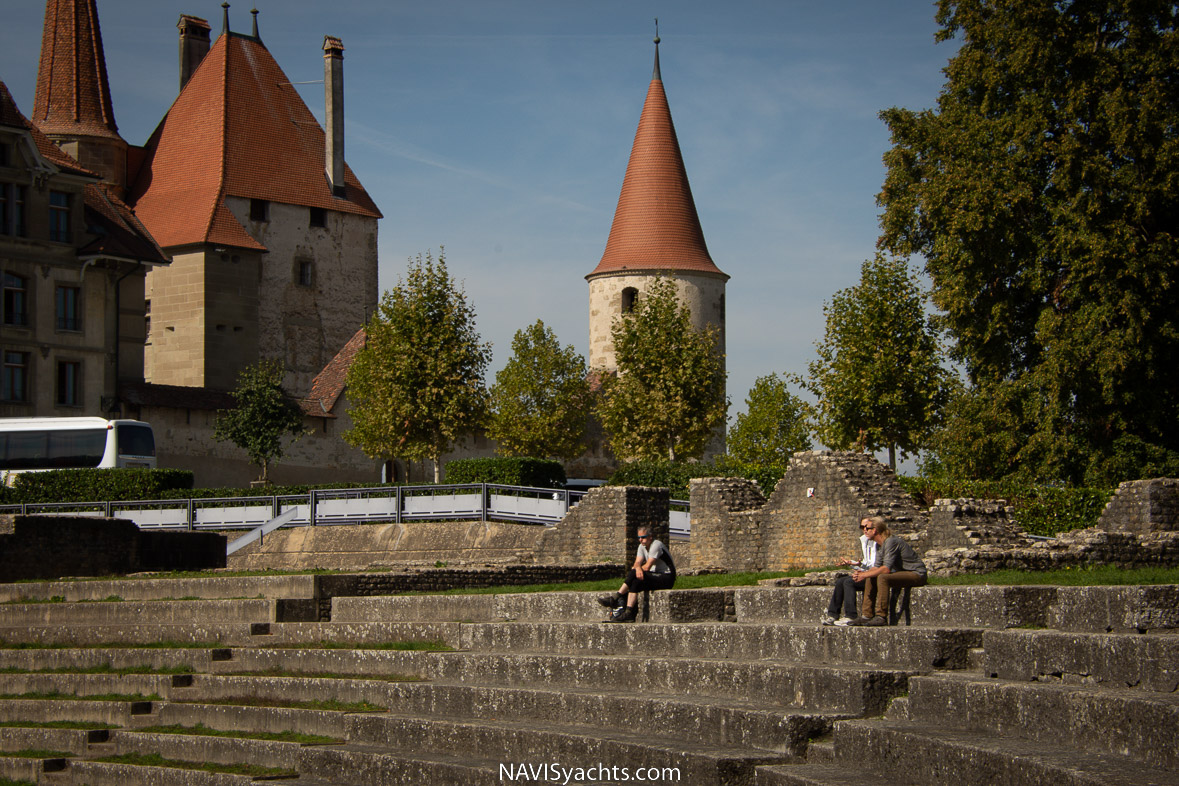
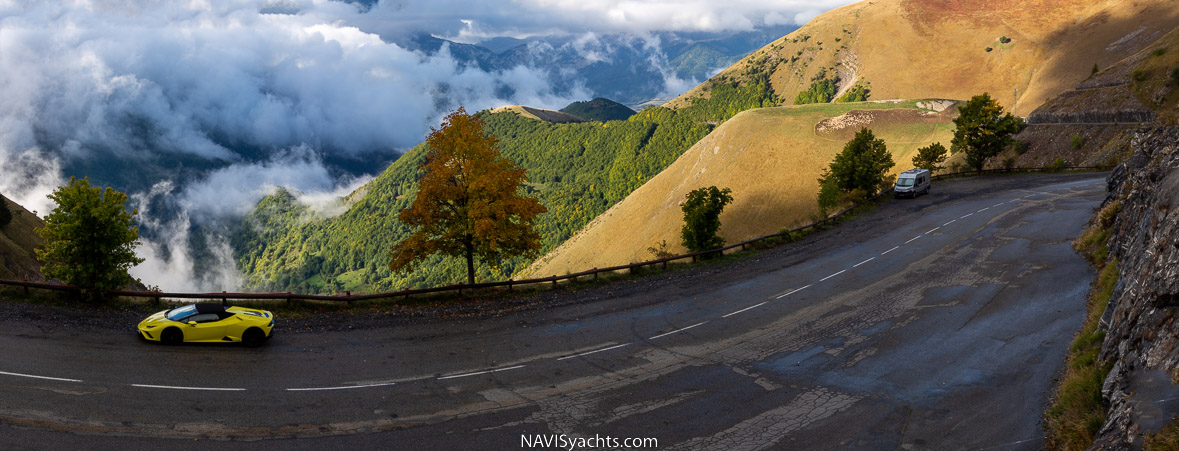

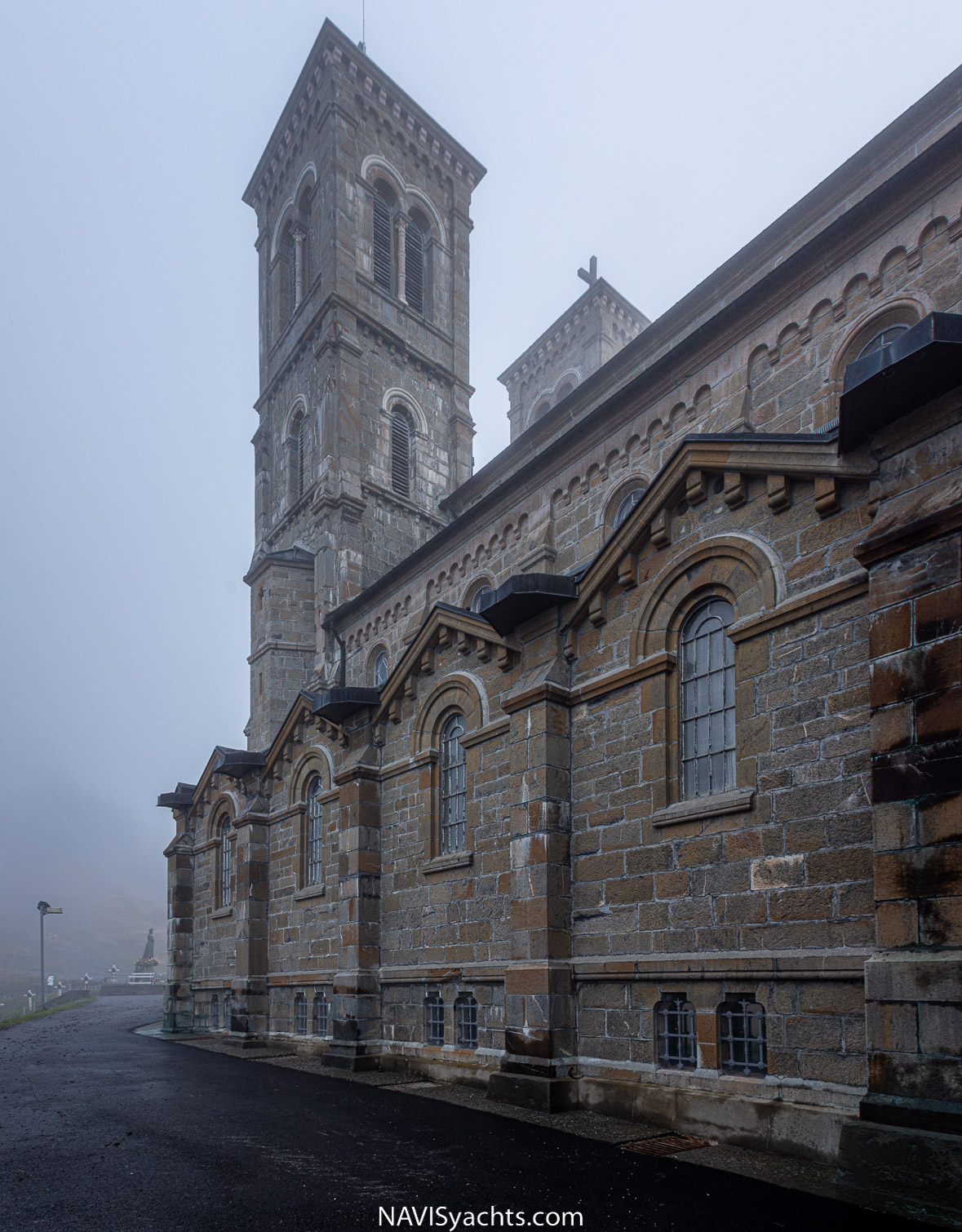
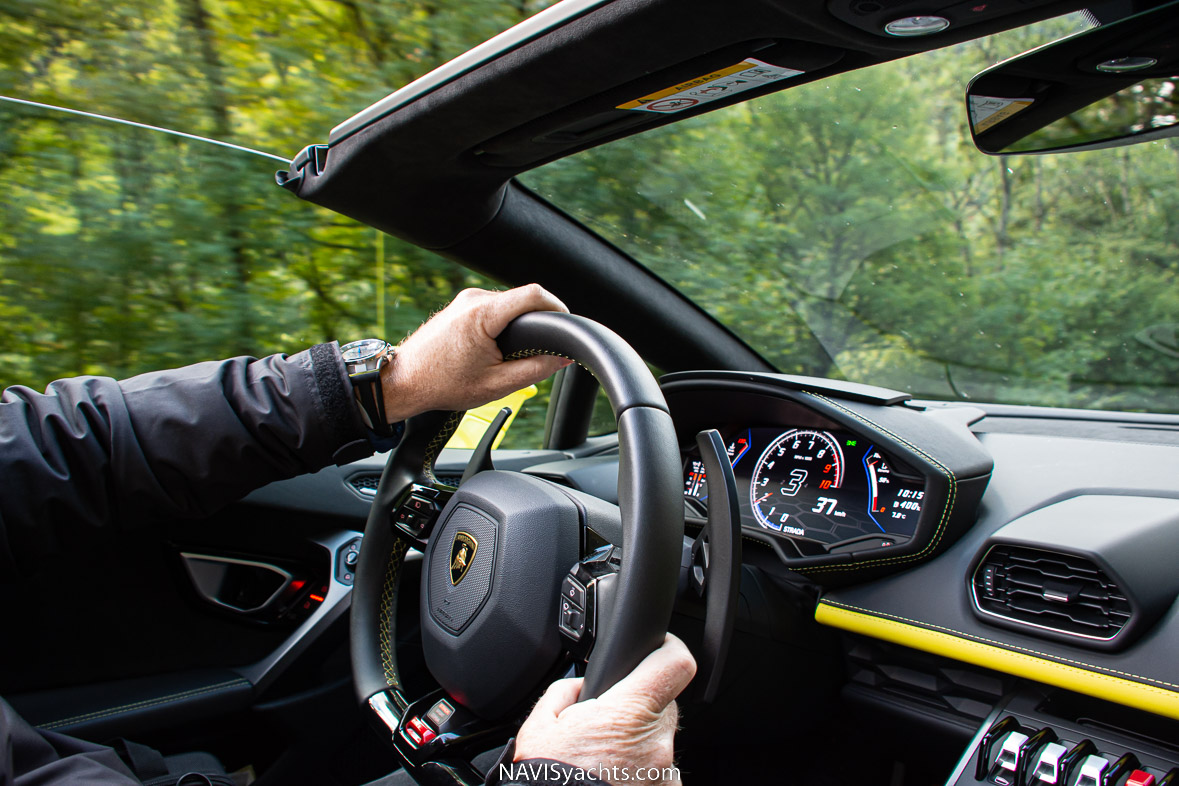
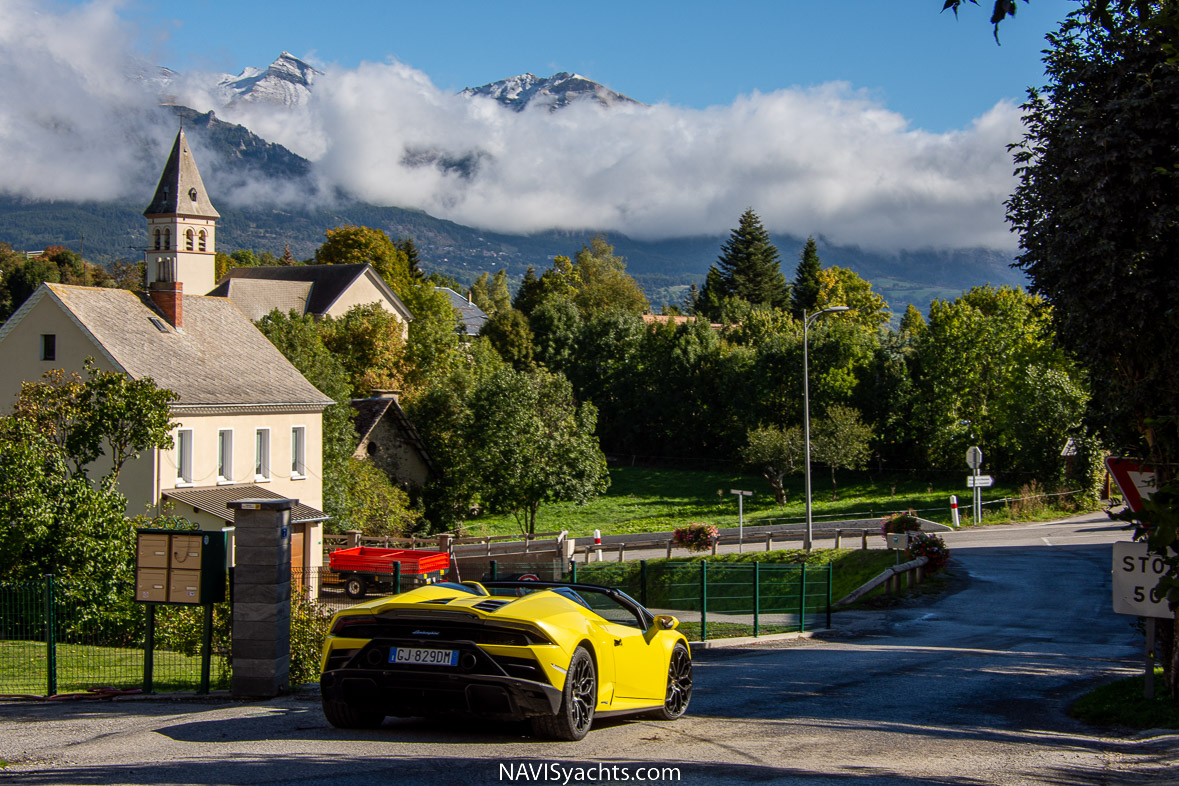


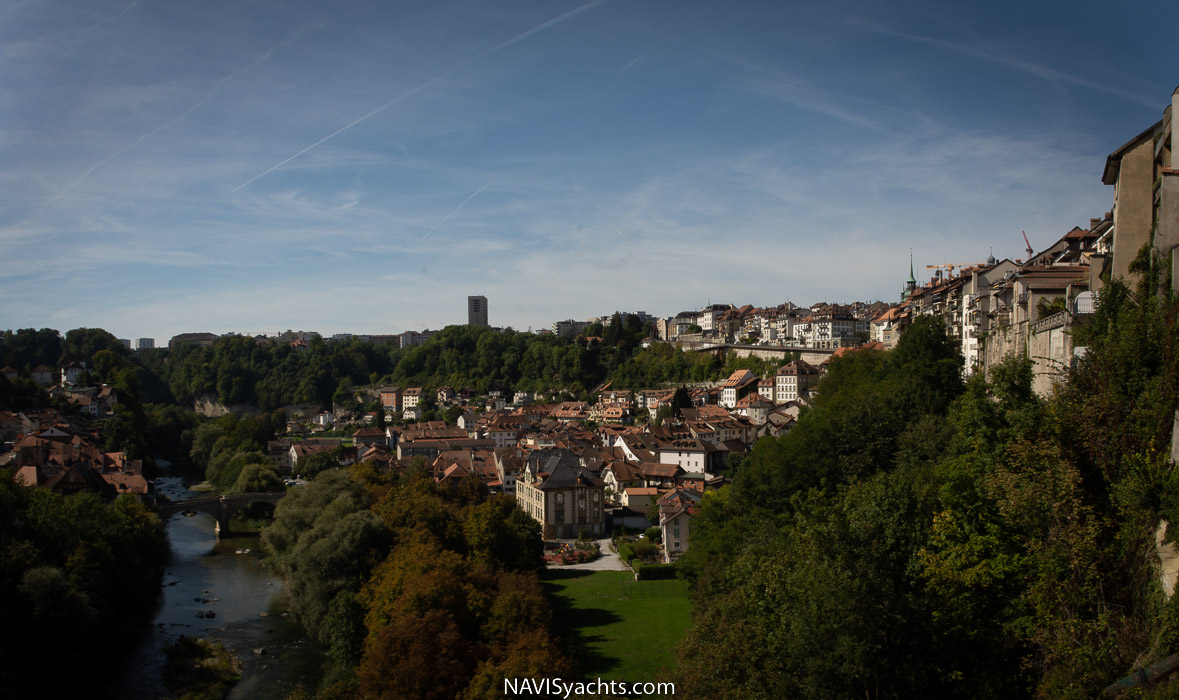
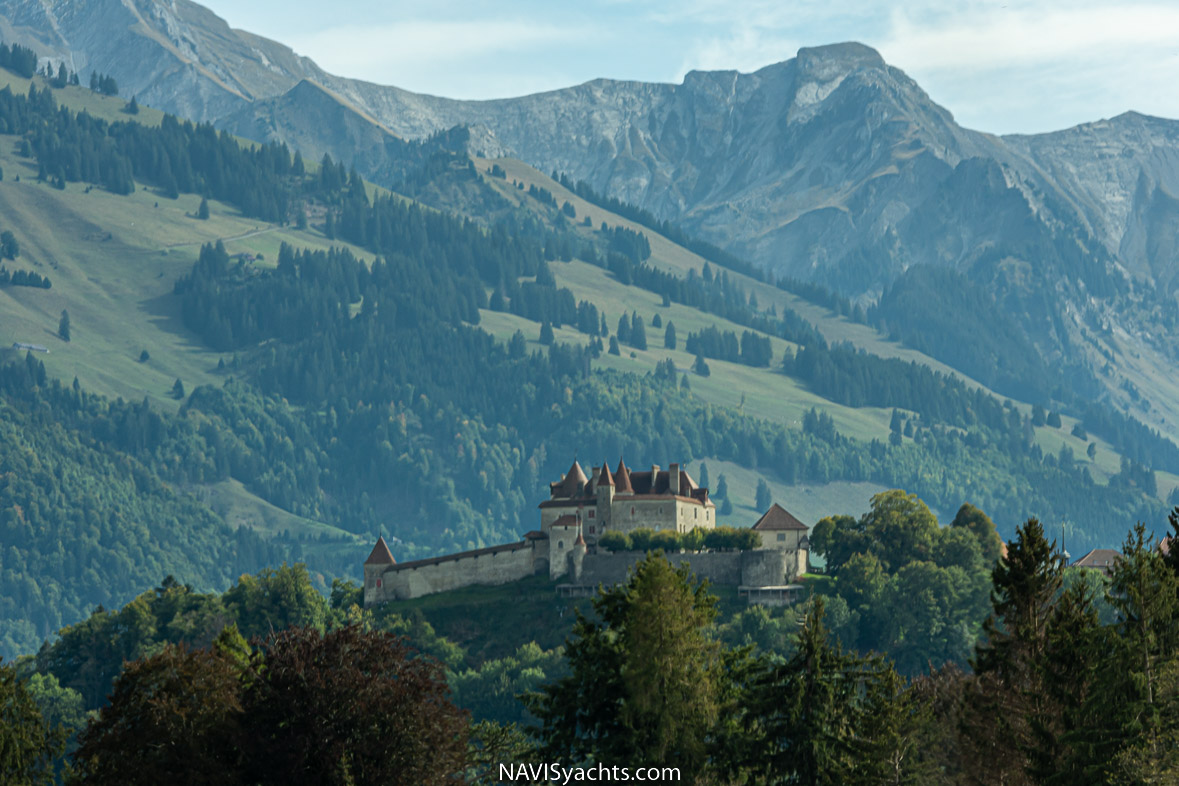
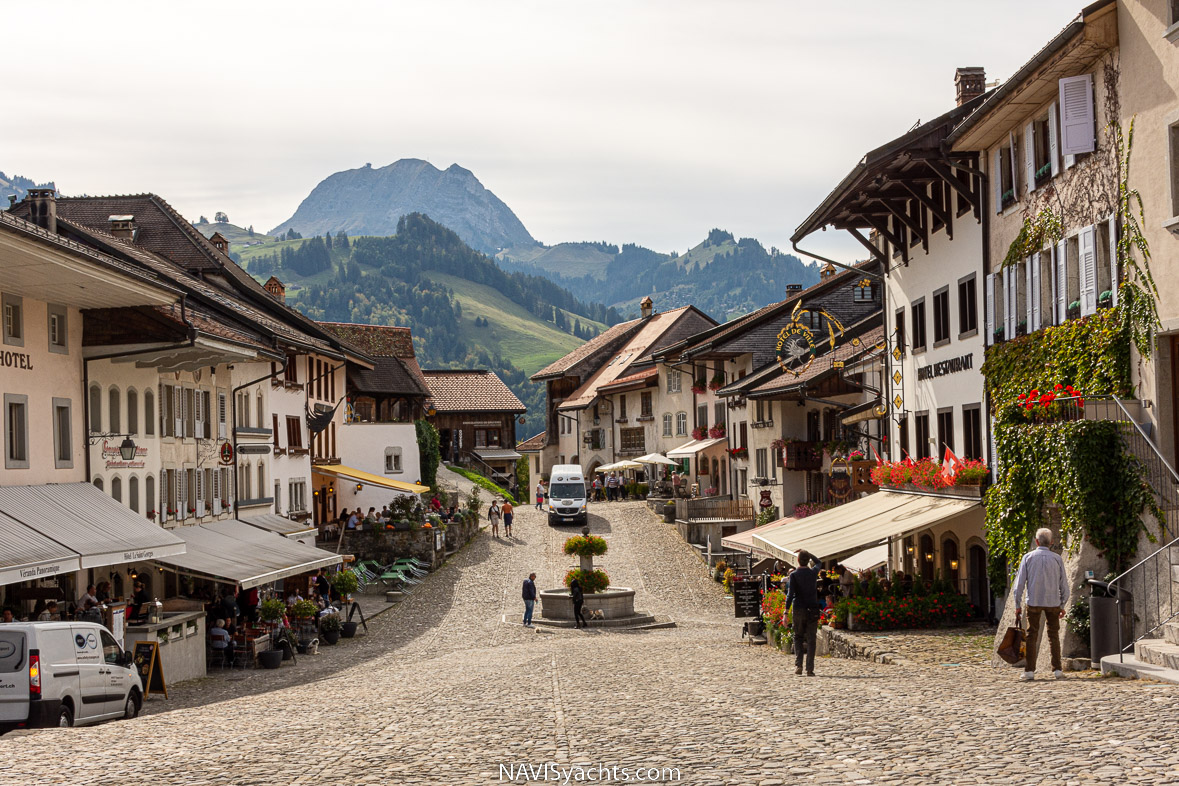
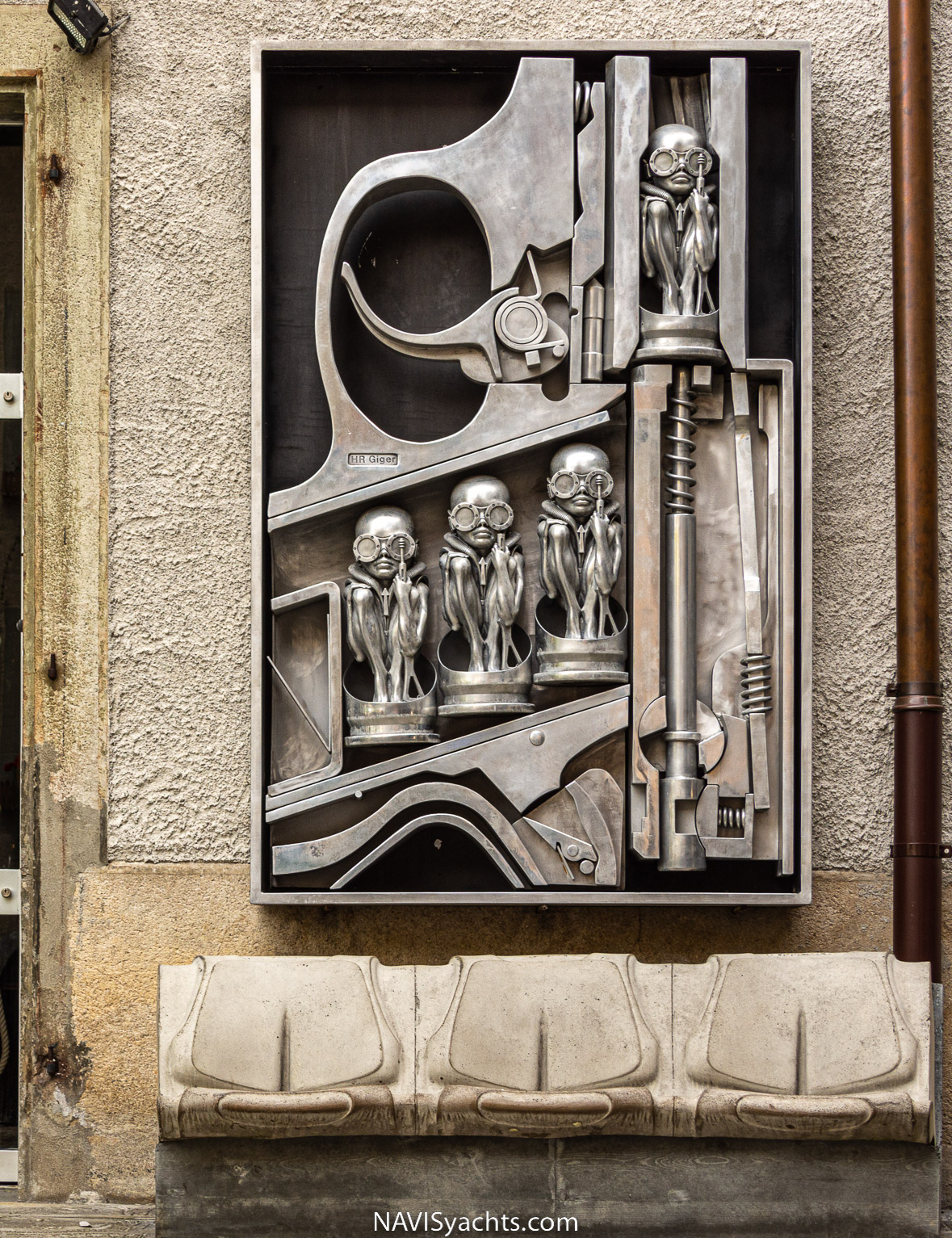
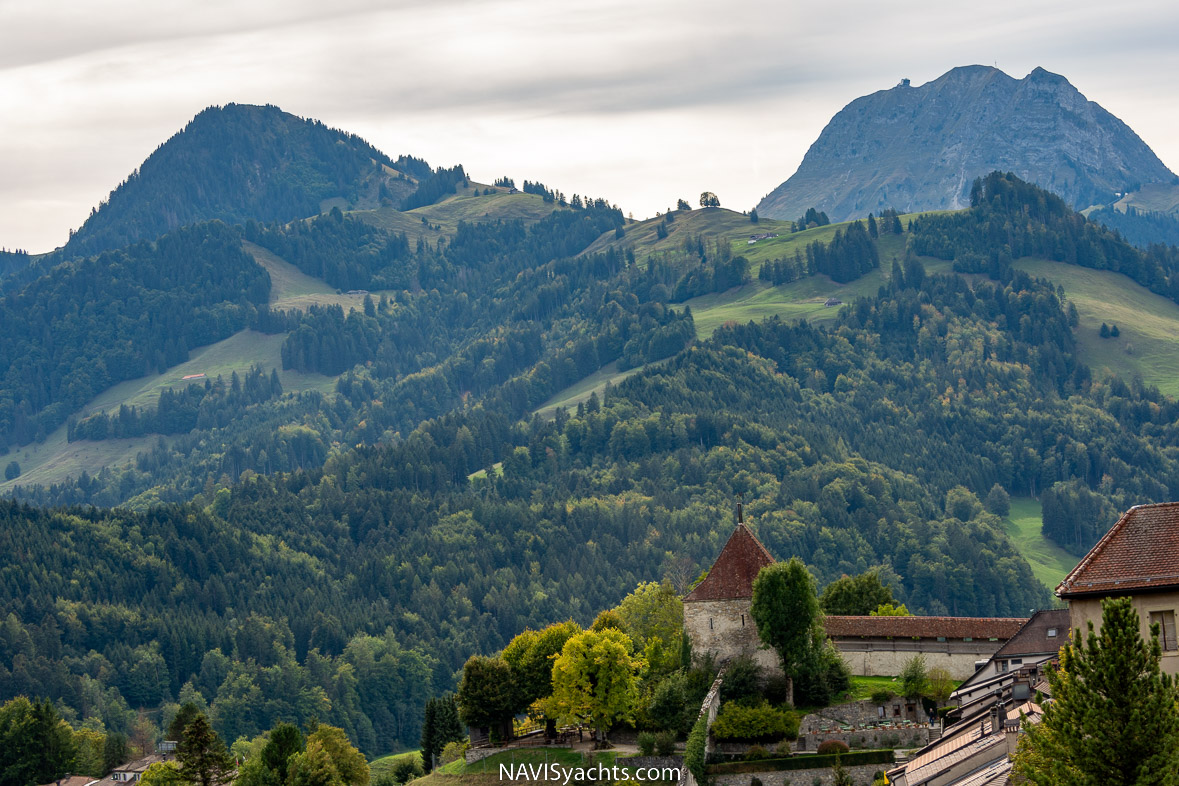

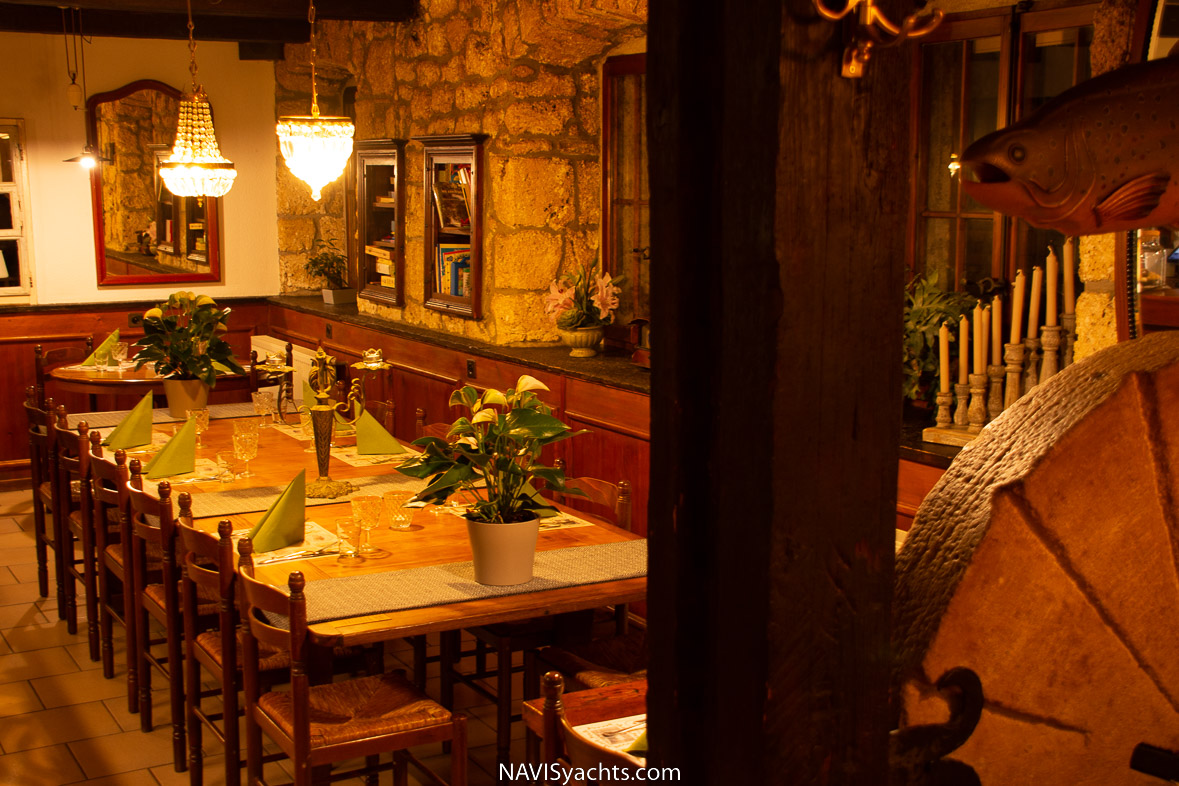
Photos: Kempinski Media, France Turism Ripoll, Paul Foulonneau, 3SO L’Agence, Engelberg-Titlis Tourismus - Roger Gruetter, Diego Vigarani, NAVIS | Words: Janine Devine

